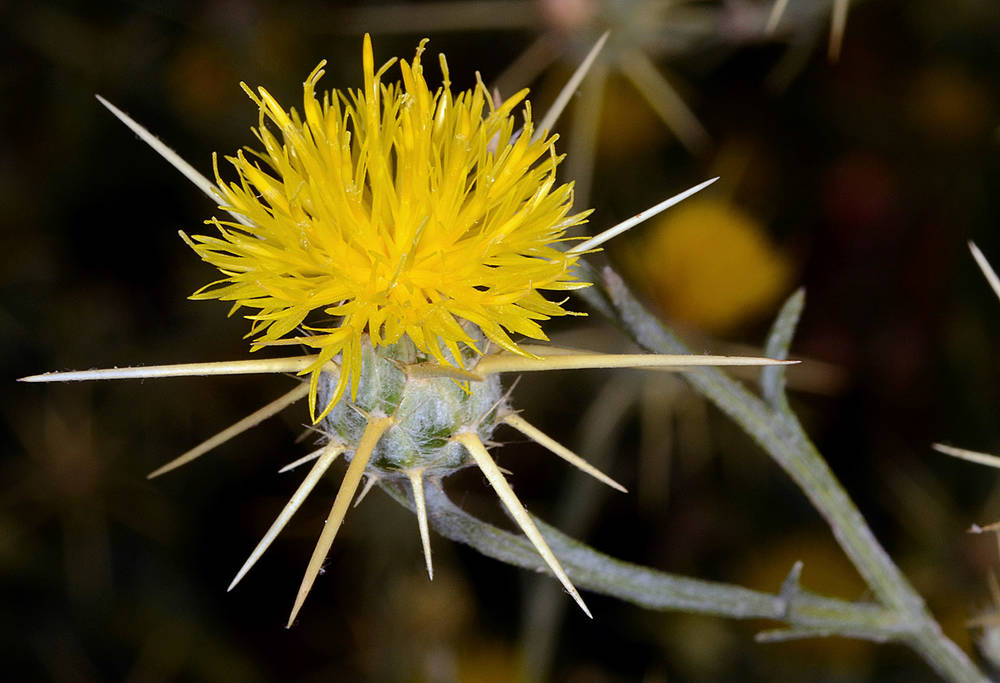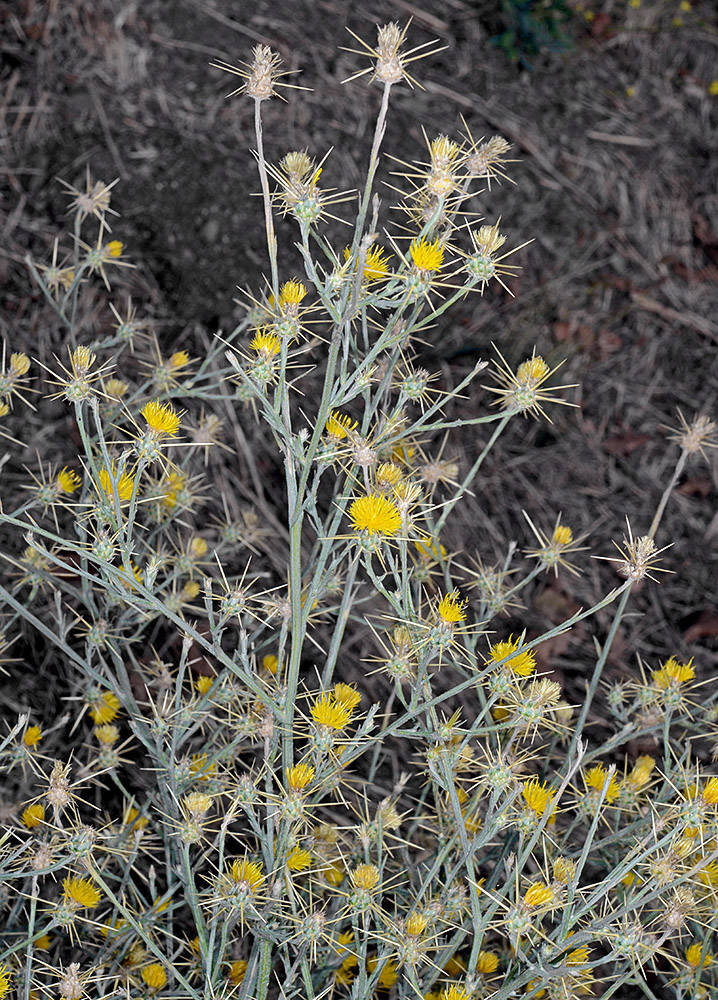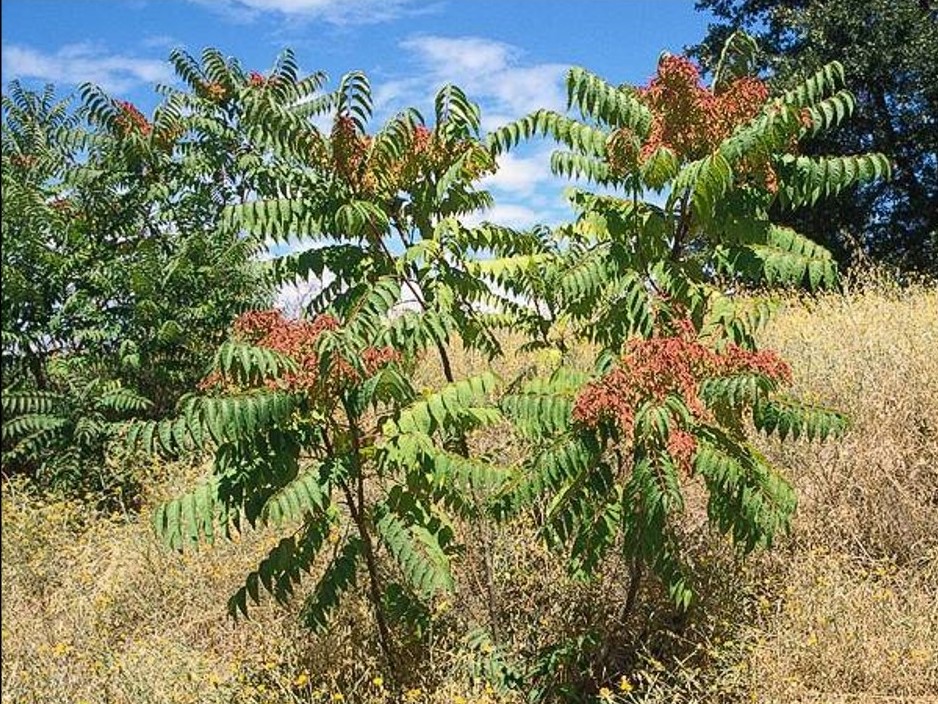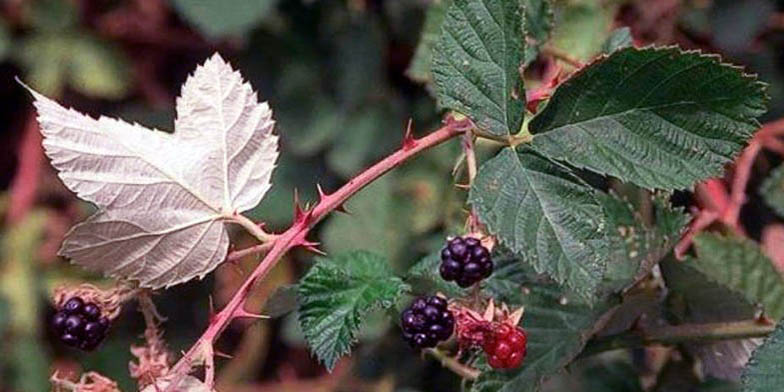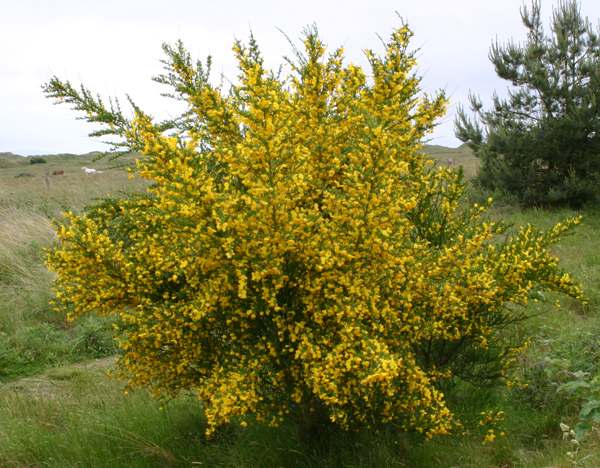GROWN IN CALIFORNIA!
Ecology is a wide field of science that aims to understand relationships: between plants and animals, fungi, bacteria, climate, and geology; and the ways that, very often, these systems become more than the sum of their parts. Ecology begins and ends with all of us; as a species, we have the most influence over our environment by a wide margin. We evolved to be able to see big patterns in the environment around us, and to cooperate with each other in coaxing these patterns into suiting our needs. Land stewardship has been part of human history longer than anyone can remember (granted, not universally) and it's only been recently that we've become so disconnected from the world around us. Our societies are increasingly built for cars, isolating us from each other and the lands we call home. A good hike or a walk in "nature" simply isn't enough- nature starts in your backyard! It starts in that gross old parking lot; in that fairway between the sidewalk and the road; in the city council meeting about zoning laws; it starts with YOU. Be the steward of your native landscape!
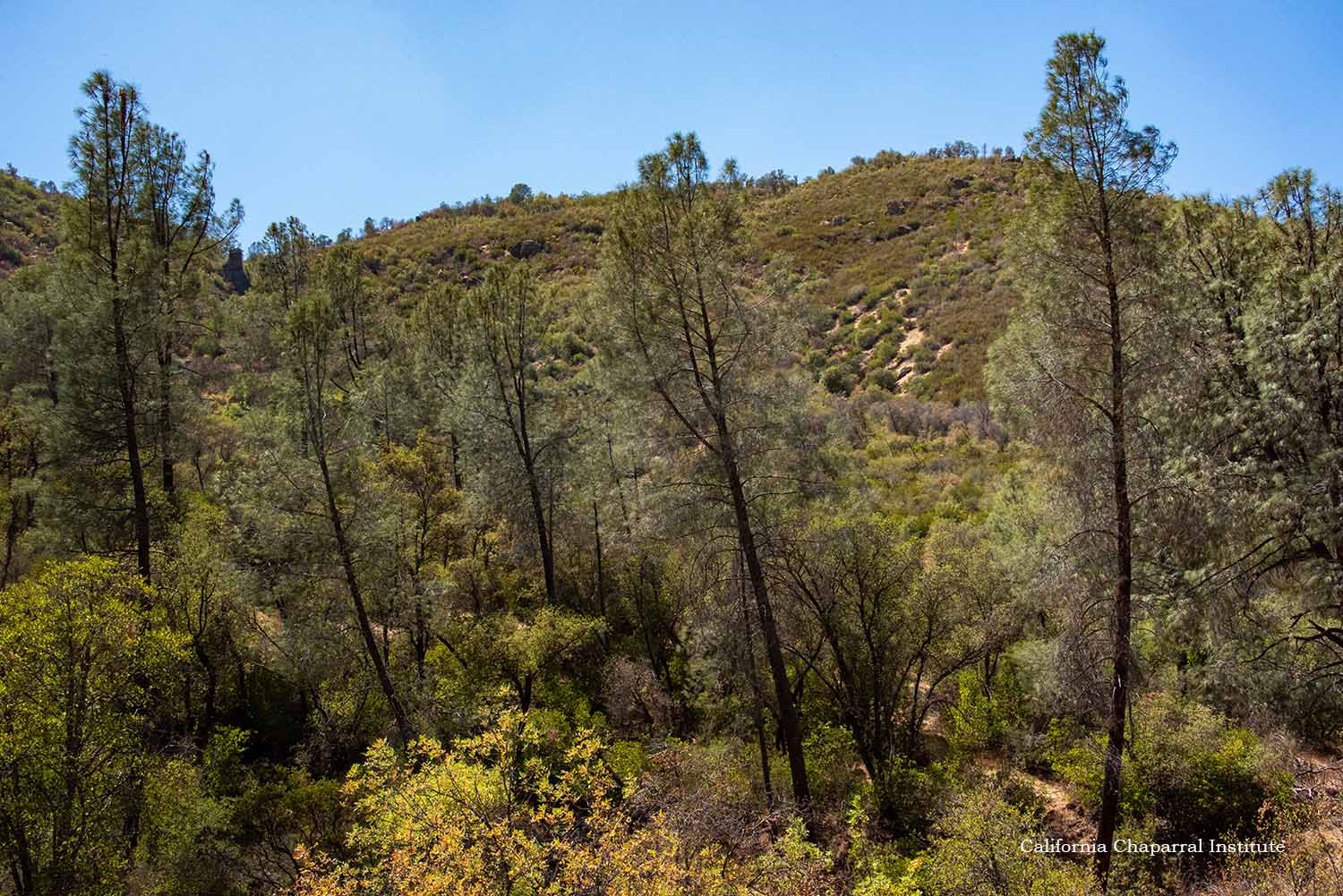
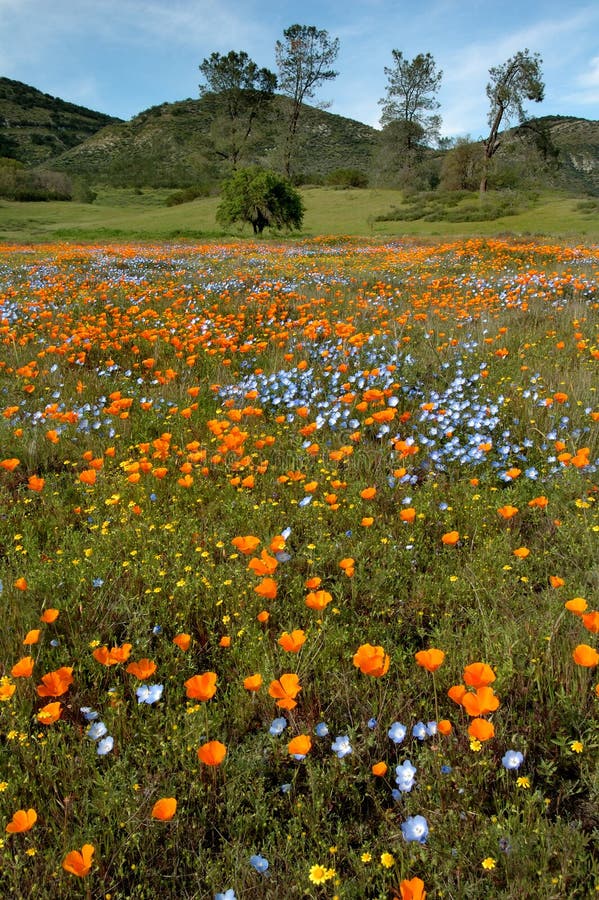
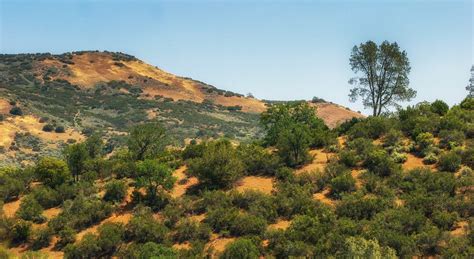
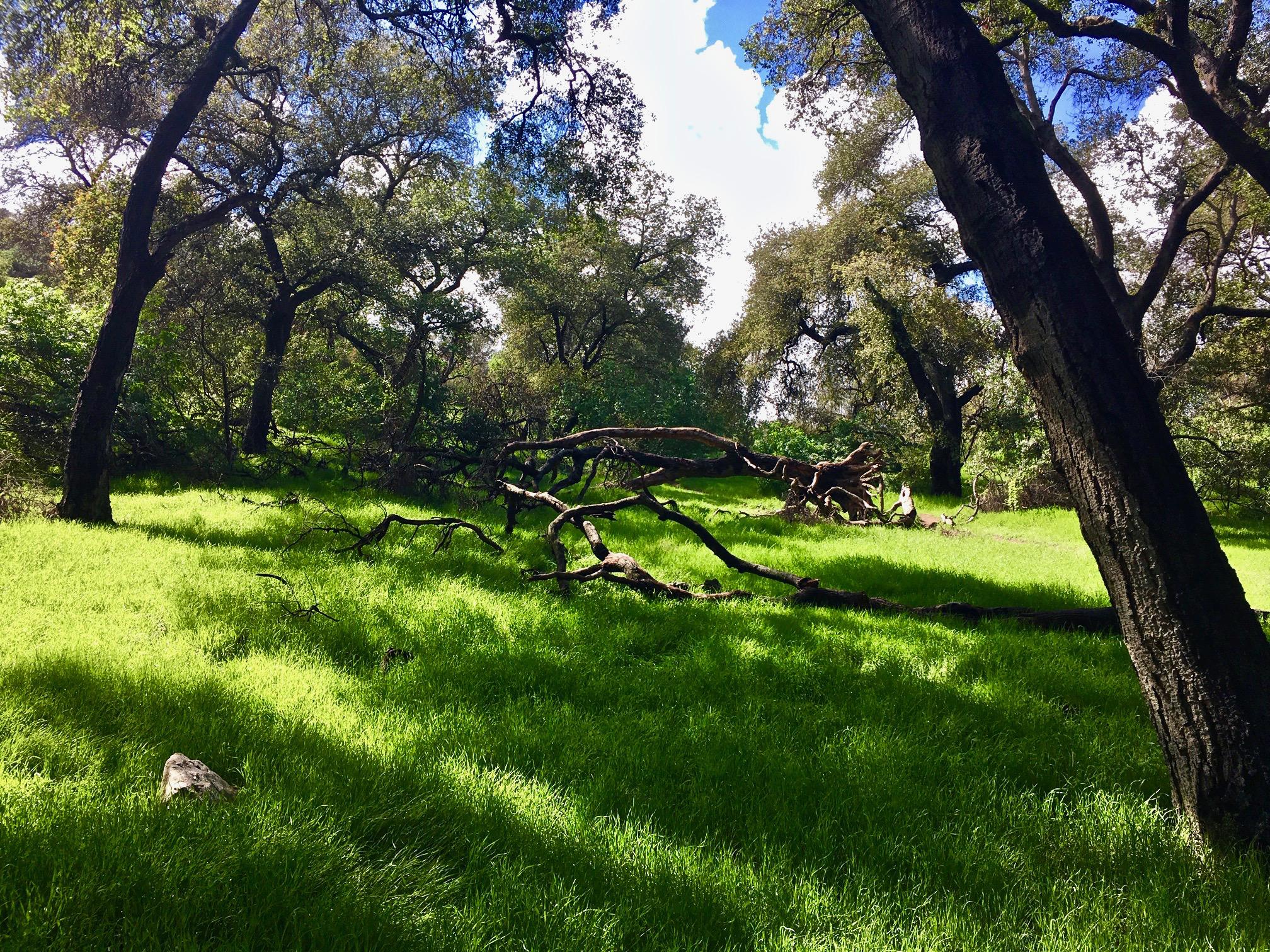
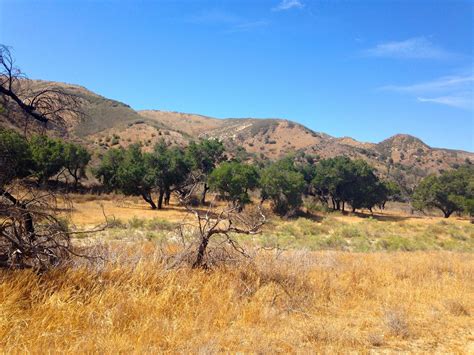

WHY NATIVE PLANTS?
Gardening with native plants offer TONS of benefits compared to nonnatives and ornamentals.
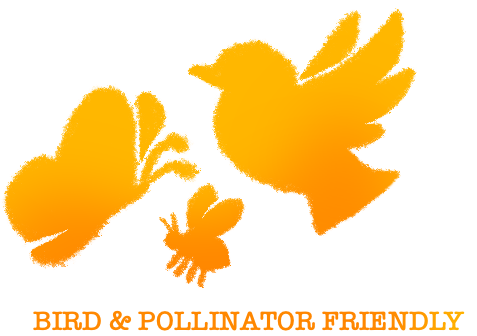


Not only is it lower effort than maintaining an ornamental garden, it's often much more rewarding! After your native garden establishes, you notice a huge uptick in fascinating insects, bugs, birds, and reptiles! Growing natives in conjunction with food and herb gardens also increases yeilds! Soil microbes and pollinator insects flock to native plants, and often keep away pests!
GUERRILLA GARDENING: FOR FUN AND FOR PROFIT!
WE'RE CURRENTLY LIVING THROUGH A MASS EXCTINCTION DRIVEN BY CAPITALIST GREED. THE UPSIDE IS: THERE'S A LOT YOU CAN DO TO FIX SHIT!
WHAT IS GUERRILLA GARDENING?
Guerrilla gardening is an easy and fun way that YOU, as an individual, can make a huge difference in your community! It means gardening with native plants in the forgotten curbside medians and roadside ditches, the roundabouts, the neglected planter boxes, the patches of dead shit that gets overlooked! The urban/suburban wasteland is your oyster!! (A small aside; research into guerrilla gardening will lead you to lots of people illicitly planting garden favorites; this is fine in urban environments and areas w enough water to grow food, but if you're REALLY trying to make an ecological difference, you NEED native plants. Nothing else will help biodiversity like they can.)
HOW DO I GET STARTED?
STEP 1:
RESEARCH! I've compiled a list of resources on the right sidebar! Find plants native to your area on a map, and off you go! If I don't have enough to help you on this page, your answers likely lie only a couple google searches away. Most states and countries have Native Plant Societies, so be sure to check those out for a good place to begin!STEP 2:
Aquiring the seeds! Once you've got your plant community and biome down pat (either through your Native Plant Society website, iNaturalist, or other trusted resource), you're free to shop online for plants that will do well in your (likely full sun and poor soil) target areas. I ALWAYS start with seeds! You're going to have a bit more of a wait time with gardening from seed, but it's well worth it compared to buying something from a nursery that won't survive the transplant.PRO TIP: Many native seeds require STRATIFICATION. This is an adaption to your local environment where a seed won't sprout until it's either been chilled, burned (hooray for fire ecology!), or chewed. Check your seed guide (or google it) to make sure. Planting in fall is usually your best bet if you're too lazy to DIY stratify.
Are you broke as shit? Seeds run expensive, I know. The best thing you can do, sans wallet, is take a hike. Literally. See what's growing in your area, collect as many NATIVE seeds as you can (please make sure you're not collecting invasives.) Late summer through early fall are the best times to collect native seeds. Look for brown scraggly flowerheads, fallen acorns, and cracked open seed pods! These seeds will likely do better than anything else in your area. Once your seeds are collected, go out and...
STEP 3:
START PLANTING! Whether you're going for wildflowers or trees, you're GOING to make a difference! There are a few things to keep in mind when you're doing your illicit gardening, however. Some tips for the guerrilla gardener:- Aquire a hi-vis vest and a landscaper-esque ballcap. The biggest threat to your guerrilla gardening is other people thinking you're up to no good. Look the part of a landscaper, and you practically become invisible.
- Aquire landscaping flags! Yknow those little stick-in plastic flags? The colors have specific meanings, but for our purposes, any will do. If you don't want your shit to get dug up, slap some flags where you've planted and usually they won't get mowed/dug/herbicided. Usually. These are also helpful for remembering where you've planted.
- Don't get discouraged by time! Native plants usually grow slowly, so you won't see much change until the second year, when the plants are fully established. Your patience will be well rewarded.
- Don't get discouraged by vandals! If your plants got mowed over or ripped up or sprayed with Roundup, don't feel bad! You can always try again and again.
- If you're planting trees, tying the saplings up between two poles usually keeps them from getting fucked with. It looks a lot more official with the poles.
- If anybody asks you what you're doing (or tells you to fuck off), tell them you're beautifying the community or some shit. Because you are. :)
ISN'T THIS ILLEGAL?
Strictly speaking, yes, this does constitute tresspassing. BUT! Guerrilla gardening is a crime often overlooked for the service it provides the community. If a neighborhood Homeowners Association tries to get on your ass about native plant restoration, just remember they can't stop you if they don't see you. You're simply picking up the slack on neglected areas and urban eyesores! If you happen to be some sort of social butterfly, oftentimes you'll find asking your local government, HOA, or landowners politely will yeild great things! They're usually happy to let you restore the landscape with natives.FURTHER READING:
- Guerrilla Gardening and Its Popularity
- What Is Guerrilla Gardening? Definition and Examples Throughout History
- How Guerrilla Gardening Can Save America's Food Deserts
- Guerrilla Gardener Inspires New L.A. Ordinance
- The Urbanite’s Guide to Guerrilla Gardening
- Guerrilla Gardening: a Frontline Tour In Pictures
- PLANTS AS PROTEST: GUERRILLA GARDENING AND ITS ROLE IN URBAN ENVIRONMENTALISM
LOOPY'S PLANT PICKS
Easy plants for the California Foothill area beginner gardener! USDA Hardiness zones 8A-9A
Arctostaphylos sp.


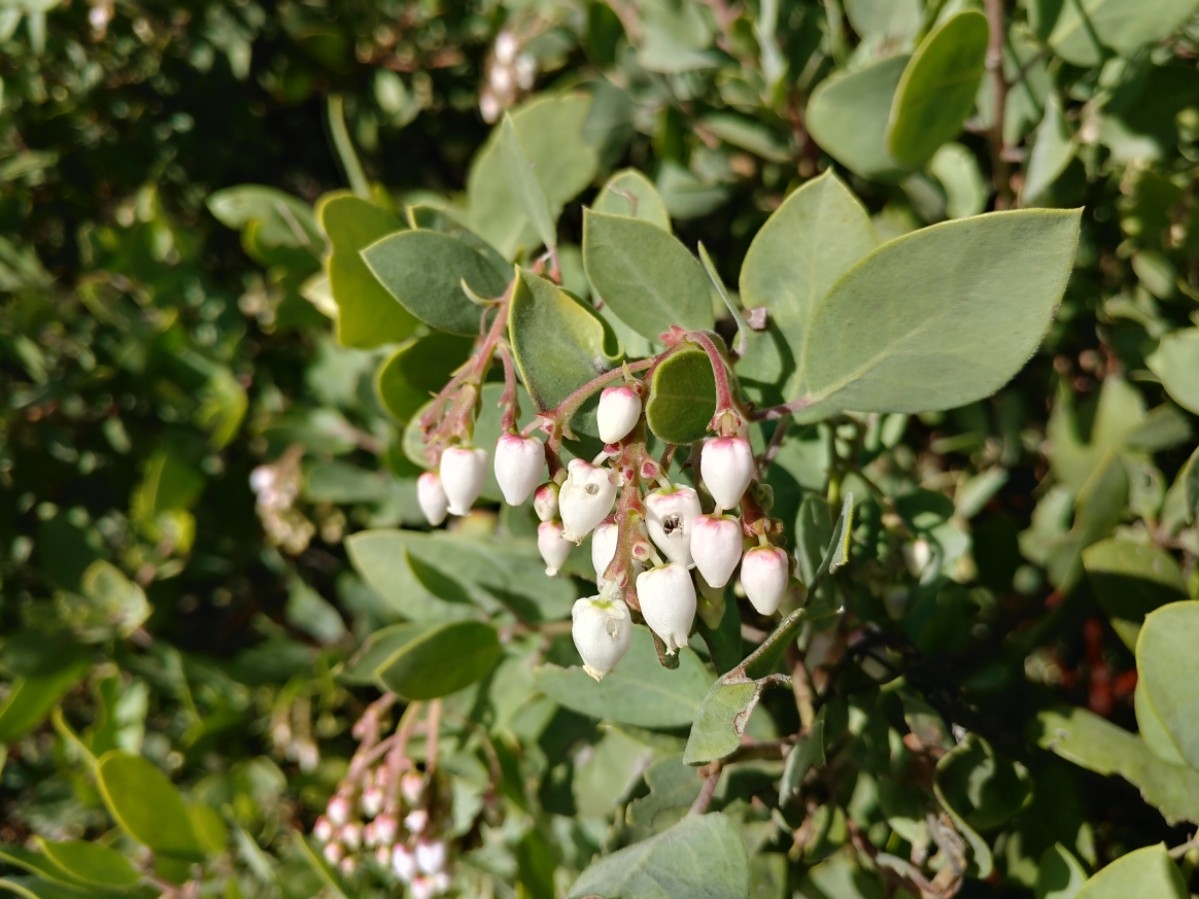
I advocate planting Manzanitas no matter where you are and no matter what species it is! The Arctostaphylos genus has around 105 species, 95 of which are native west of the Rockies; a couple dozen of those found only in California! They also have the added benefit of being found in many plant nurseries, so finding a little guy for your garden is easy as hell. Faster growing species like A. manzanita even take hedge trimming well! Truly you cannot go wrong with Arctostaphylos.
TIPS:
They thrive on low water, shit soil, and full sun! If you have a high amount of clay, iron, or serpentine, there are many species that will thrive there! They tolerate some shade, but overwatering can kill off their root systems. Plant somewhere that gets little to no irrigation, but lots of mulch that can help it hold onto water when it rains. Much like my collection of succulents, these thrive off of neglect!
Eschscholzia sp.
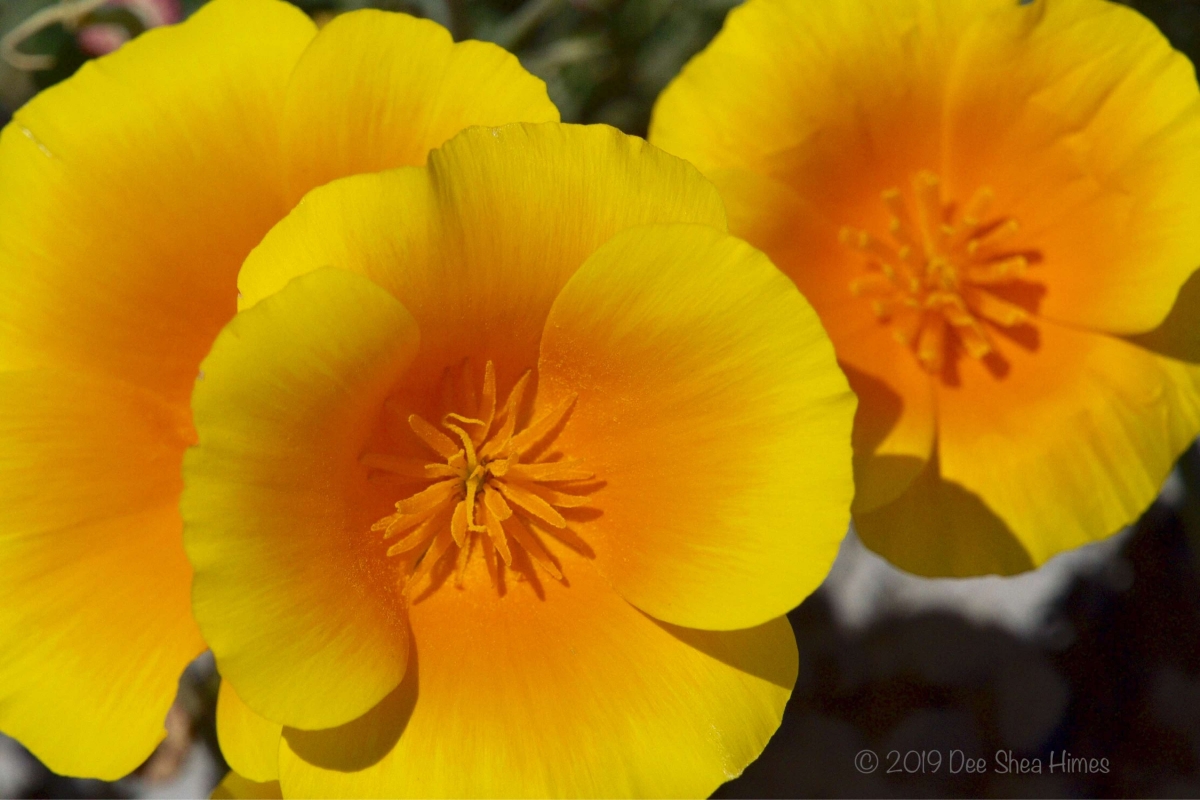

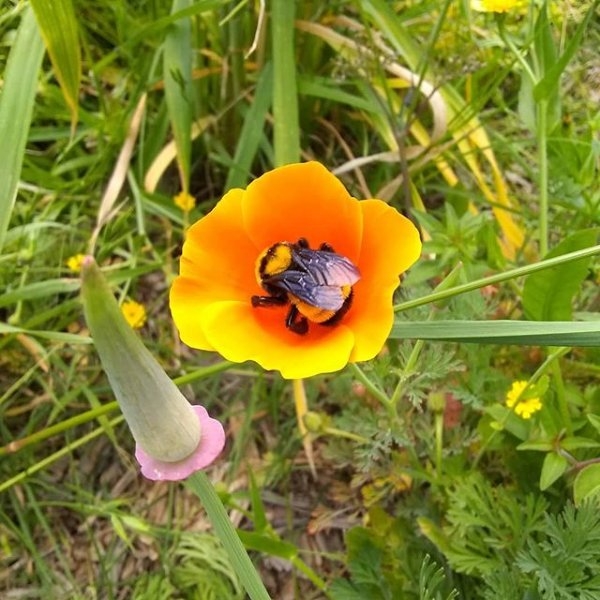
California poppies are genuinely one of my favorite plants ever!!! These weedy little suckers will grow pretty much anywhere, provided they get a little extra water in the springtime to establish. Eschscholzia is a genus of about 12 species, including the california poppy we all know and love, the miniature frying pans, the collarless poppy I personally enjoy, and more (all of which are native to CA). Some places even sell different colored cultivars! I generally steer clear of those because pollinators don't seem to like them, though.
TIPS:
E. californica and other Eschscholzia species need cold stratification when grown from seed, meaning that it needs to be chilled before it will germinate. Sowing in the fall and letting the winter weather do this for you is the easiest way to get some very happy poppy sprouts. They'll thrive in whatever shitty soil you have, but will grow slowly in harder soils and places with shade. Leaves and stems blackening? You're watering too often, and not deeply enough! Water maybe once or twice a week for a good long while, you'll want those roots soaked and then THOROUGHLY dried between waterings. In the wild, bloom periods are earlier and they die off when summer rolls around, but if you keep watering they'll bloom until October.
Erysimum capitatum
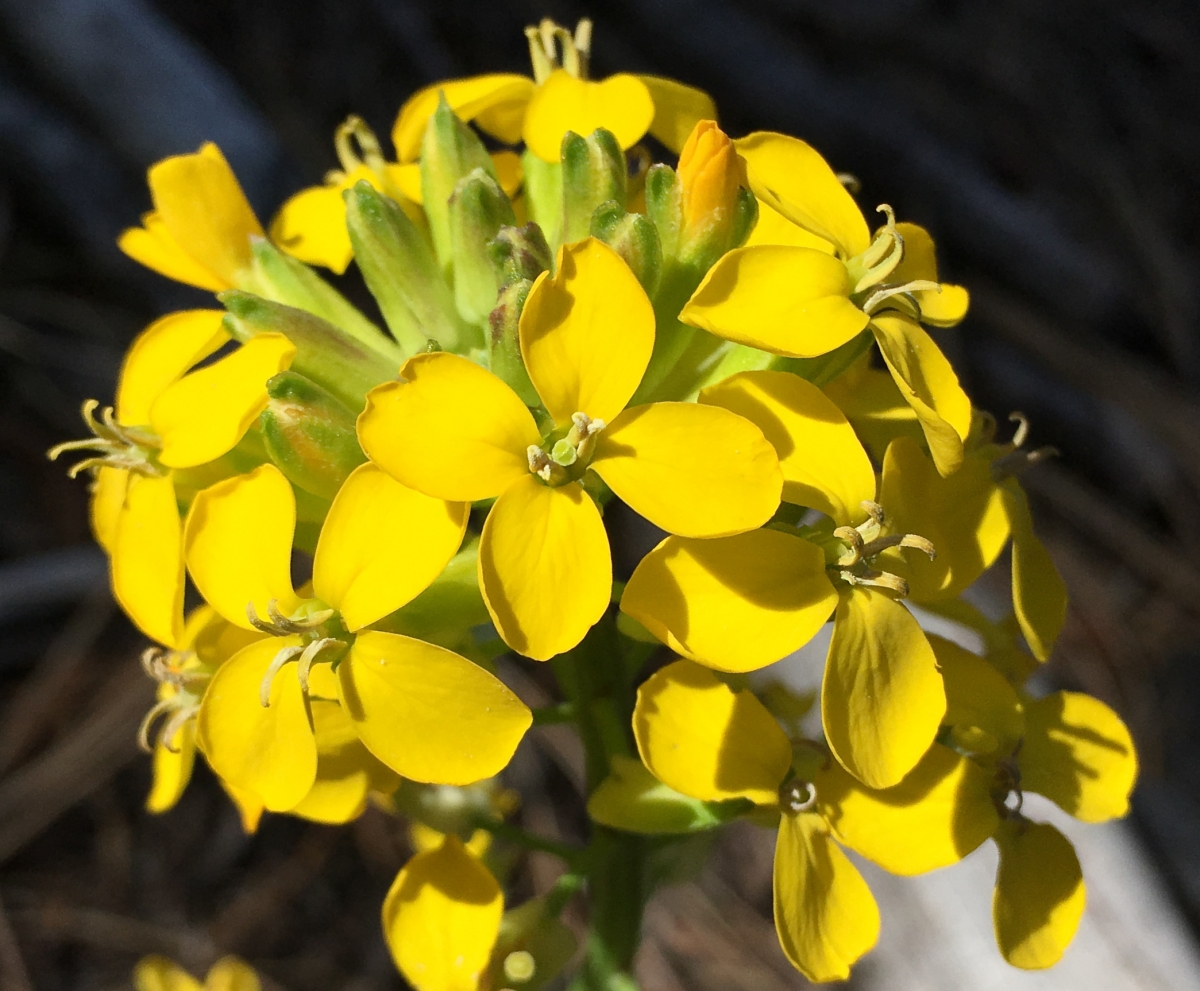
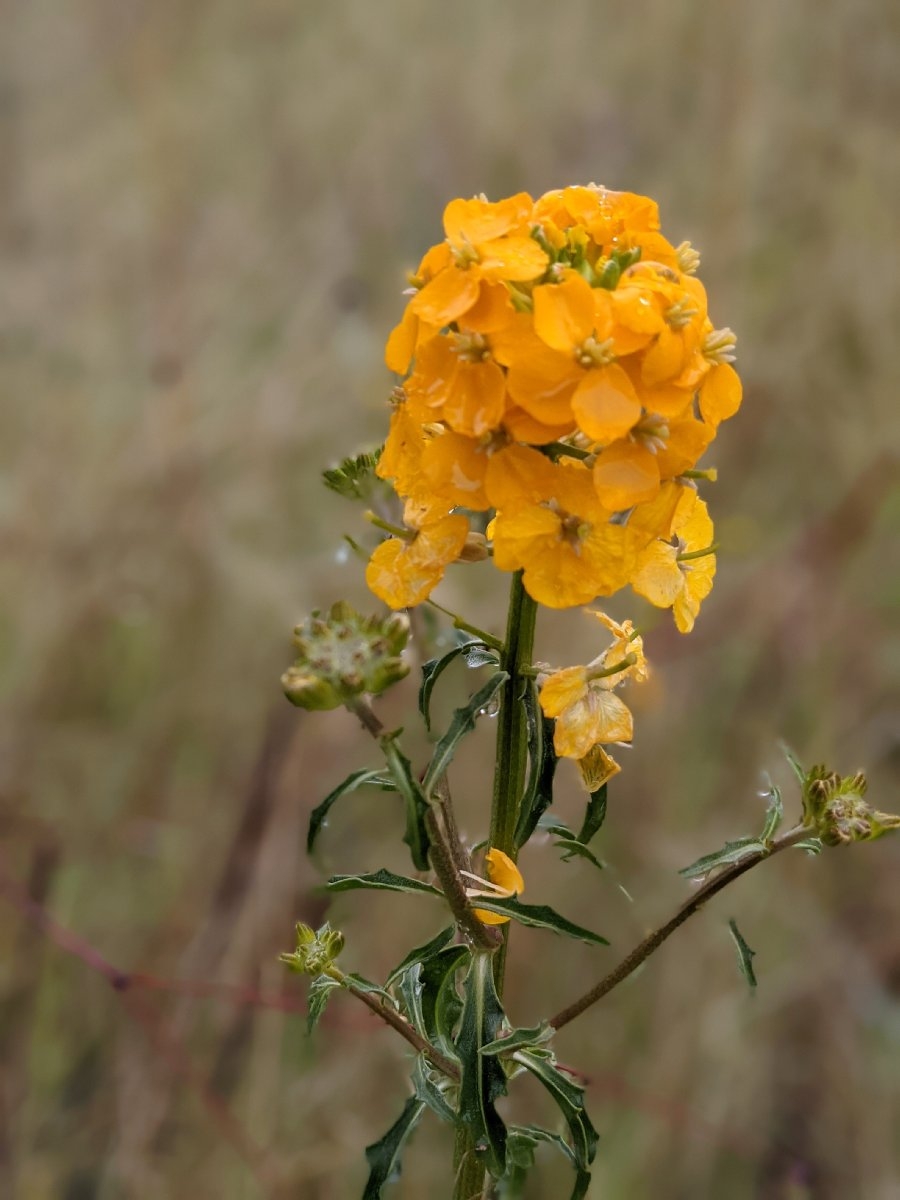
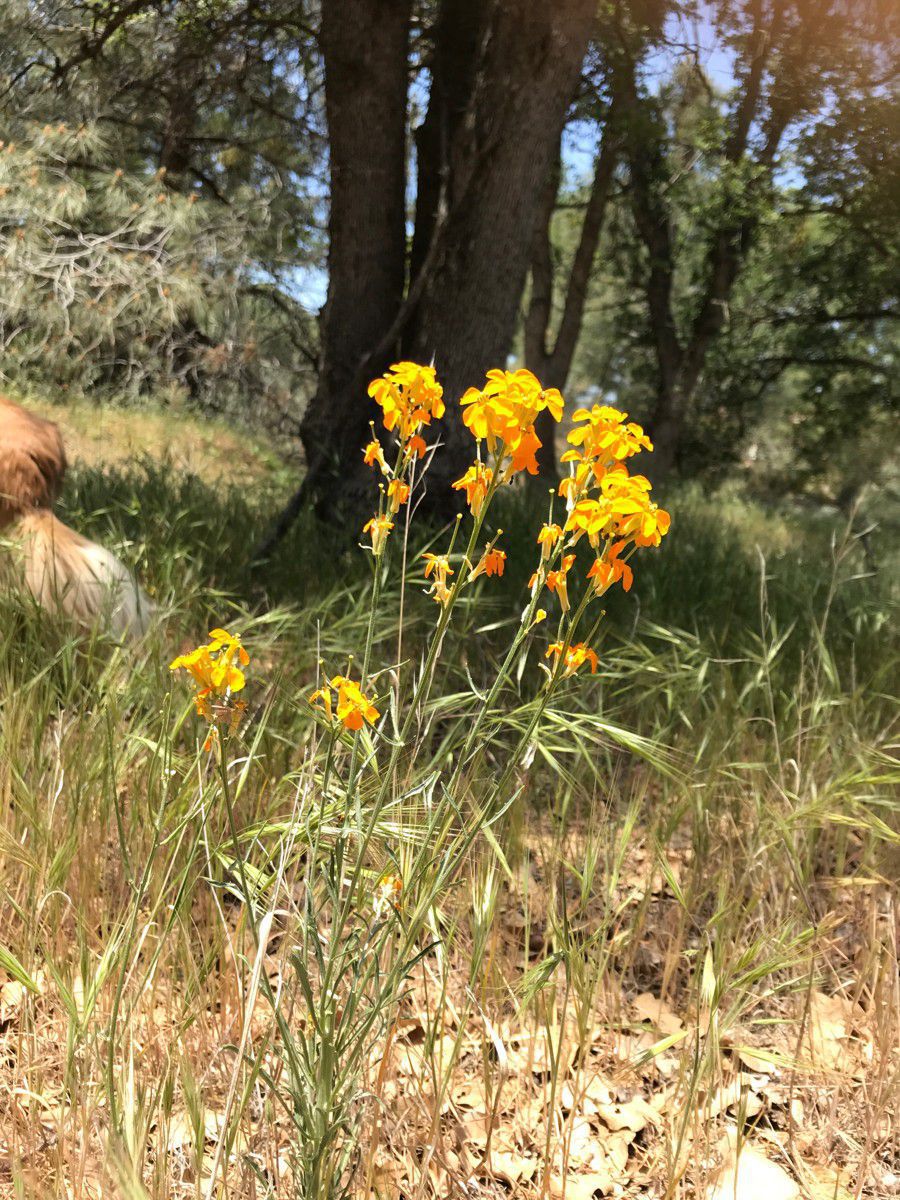
A cheerful and easygoing little guy!! Erysimum sp. (aka Wallflowers) are very heat-tolerant, full-sun-loving plants that follow many of the same care habits as the Eschscholzia species listed above, with the caveat that these are a little harder to find seed packets/nursery plugs for. If you do manage to get your hands on one, your local pollinators will love you! Native bees can't resist their tasty-looking blooms :) There are about 150 species in this genus, but I'm focusing on E. capitatum because it's the one I'm familiar with in the area.
TIPS:
Erysimum capitatum prefers it a little wetter than california poppies, but they get along well in the same spaces. Sowing in fall with your other natives will yield a delightful little plant around late spring that can bloom through September if you're watering regularly! It prefers full sun and will get a little leggy reaching for the sun in shady areas.
Erythranthe sp.
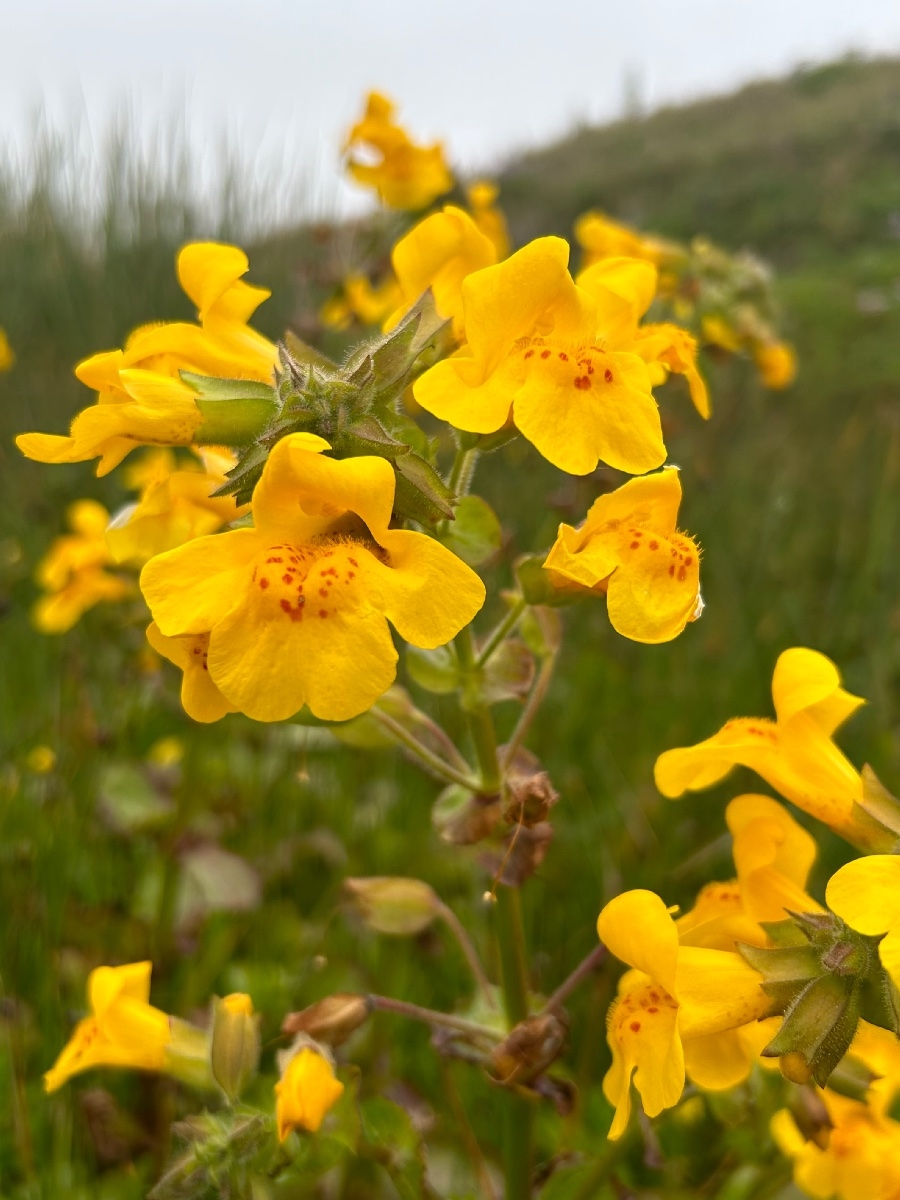

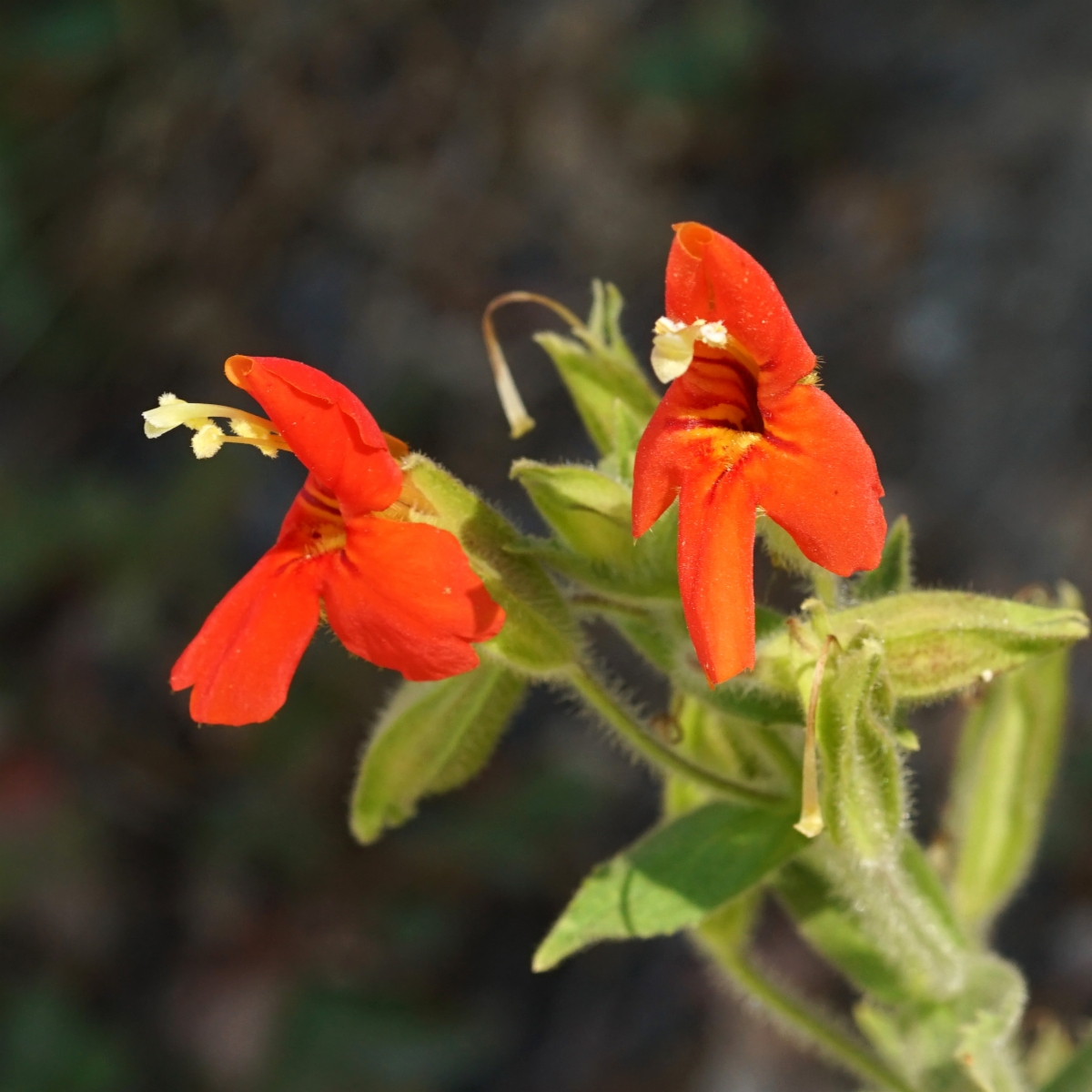
Live somewhere with more water and shade? Consider planting an Erythranthe species! These guys love to have their feet wet and can often be found around creeks, rivers, and seeps in the wild! Most species are popular with native pollinators, but E. cardinalis is particularly popular with hummingbirds! The only caveat to planting them is FINDING the damn things for sale anywhere. Eugh.
TIPS:
Keep 'em wet! In the wild, E. guttata will grow for only a short time after spring, then die back until next year! But keep them wet and you'll get beautiful blooms all through the summer. They enjoy full sun to partial shade, and I've seen them tolerate some pretty terrible soil (literally just rocks) and some frosty cold snaps. Again, these are a genus that need cold stratification to germinate, so sowing in fall is optimal.
Datura sp.
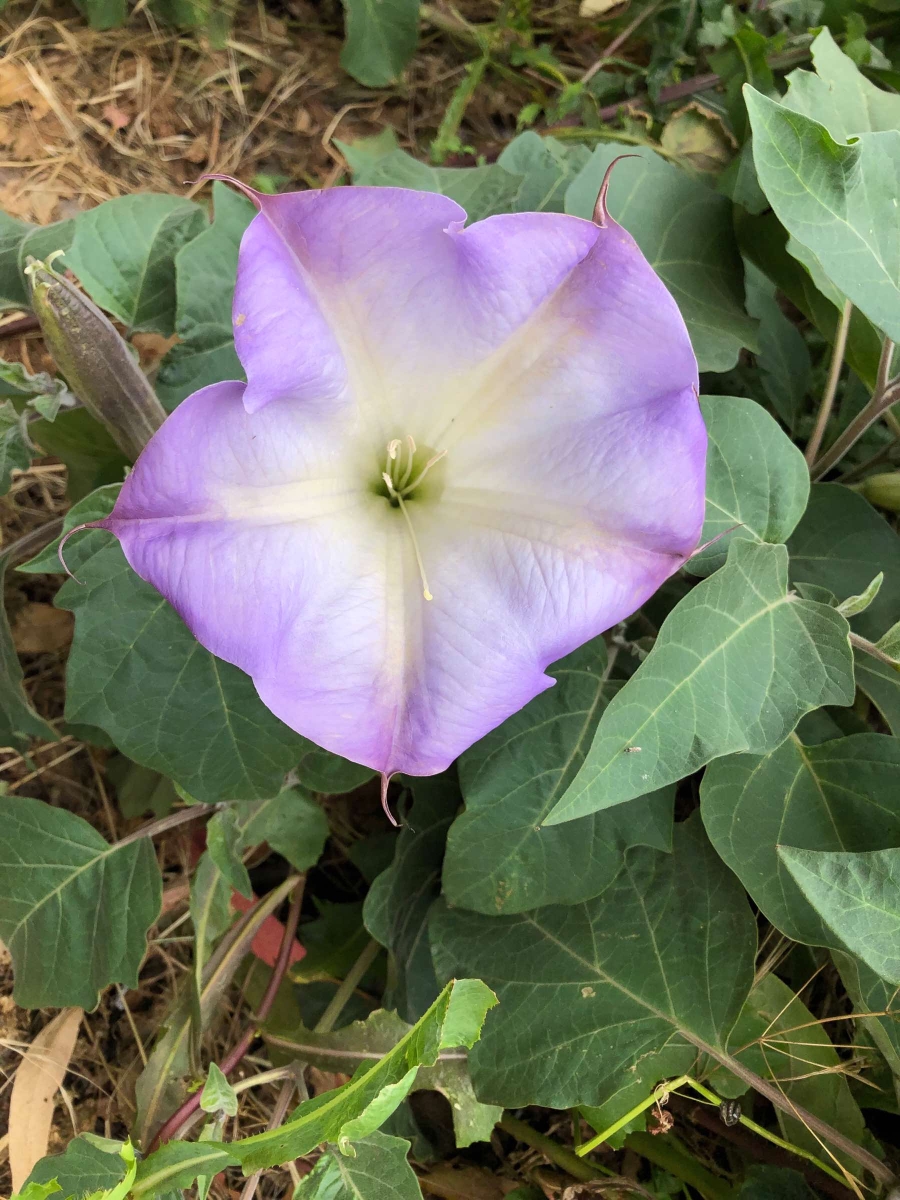
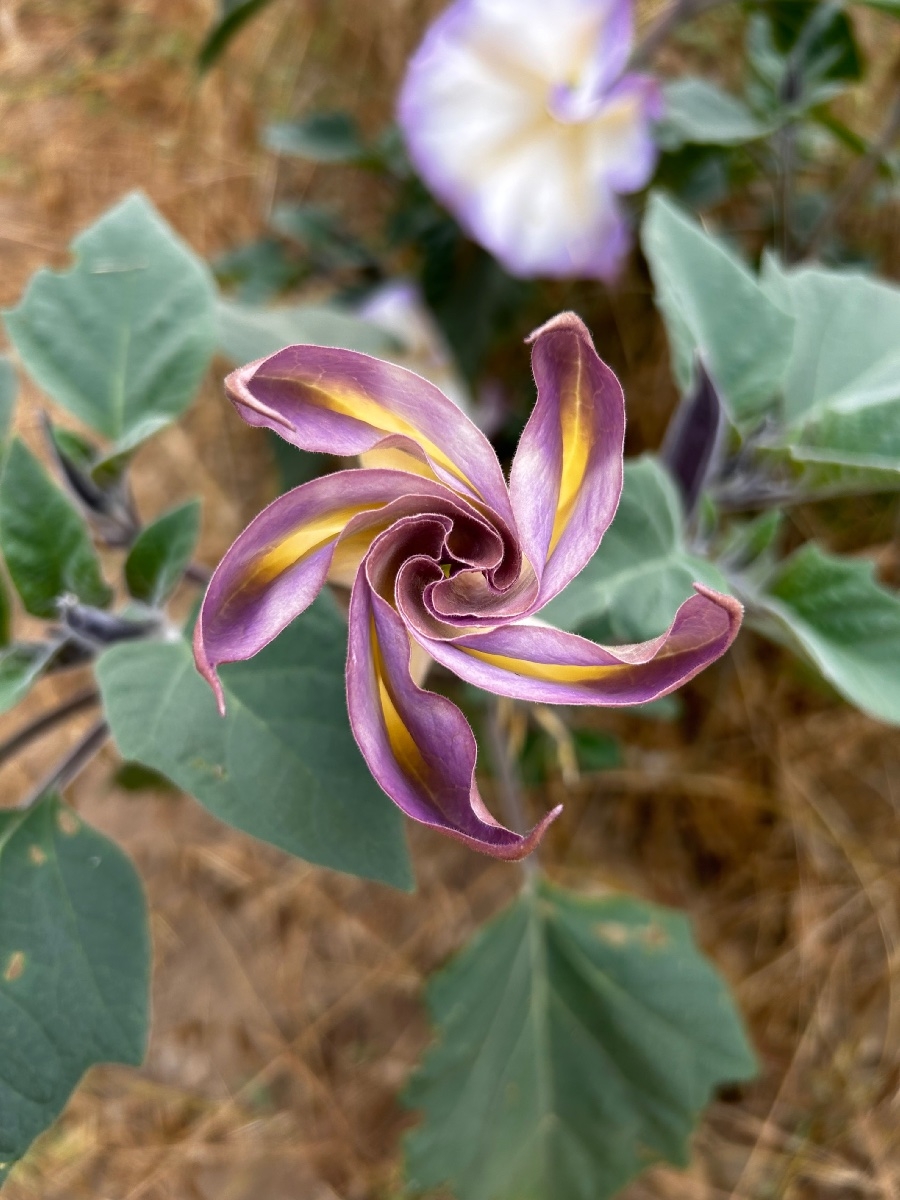
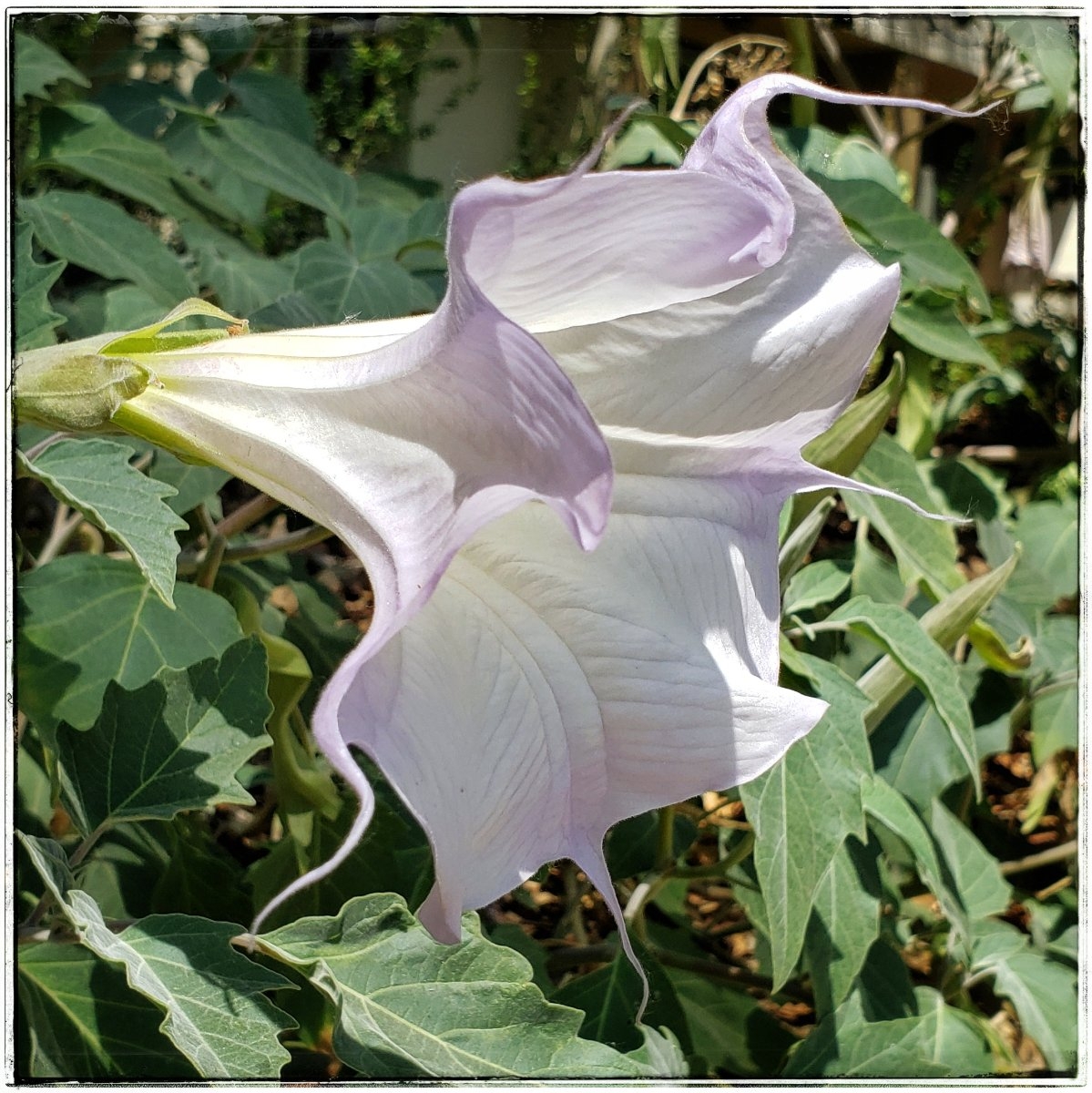
Datura is an infamously sun-loving southern US native, extending from northern California through the rockies and Texas, all the way to Mexico. There are many commercial varieties available in a rainbow of colors, but if you want a true easy native plant for your garden, Datura wrighttii is the pick for you. The thing to know about them is that they are BIG, with leaves AND flowers that grow in excess of 8 inches. It's a spectacular choice if you're looking for something with cover foliage in areas with rocky soil and lots of sunshine. They're an afternoon bloomer, so those gorgeous trumpet-shaped flowers you see will open up in the evenings and stay till midmorning to attract moths and other nocturnal pollinators (oh, the beautiful moths you'll see!). They're also my first choice for a moon garden!
TIPS:
The lower the water, the better! Water maybe once every two weeks at most; this plant is adapted to life in some of the hottest deserts on earth, so care for them accordingly! They prefer a gravel substrate, but I've had success in raising them in sand and rocky clay too. Avoid heavy clay soils if possible. Cold stratification isn't necessary for these, but it will certainly help give your seedlings a boost to sow in winter when it rains. It should also be noted that Datura species are toxic if ingested, and their sap may be an irritant.
Aquilegia formosa
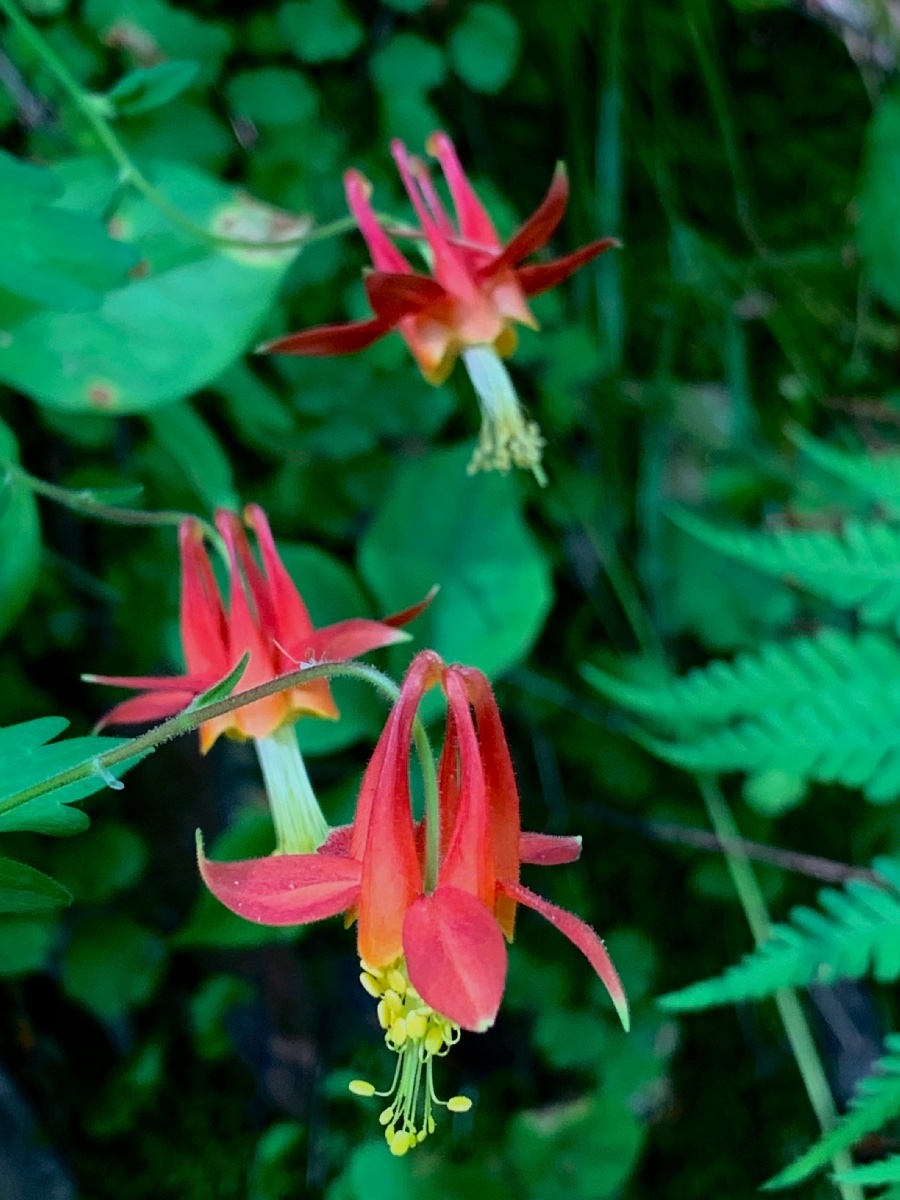
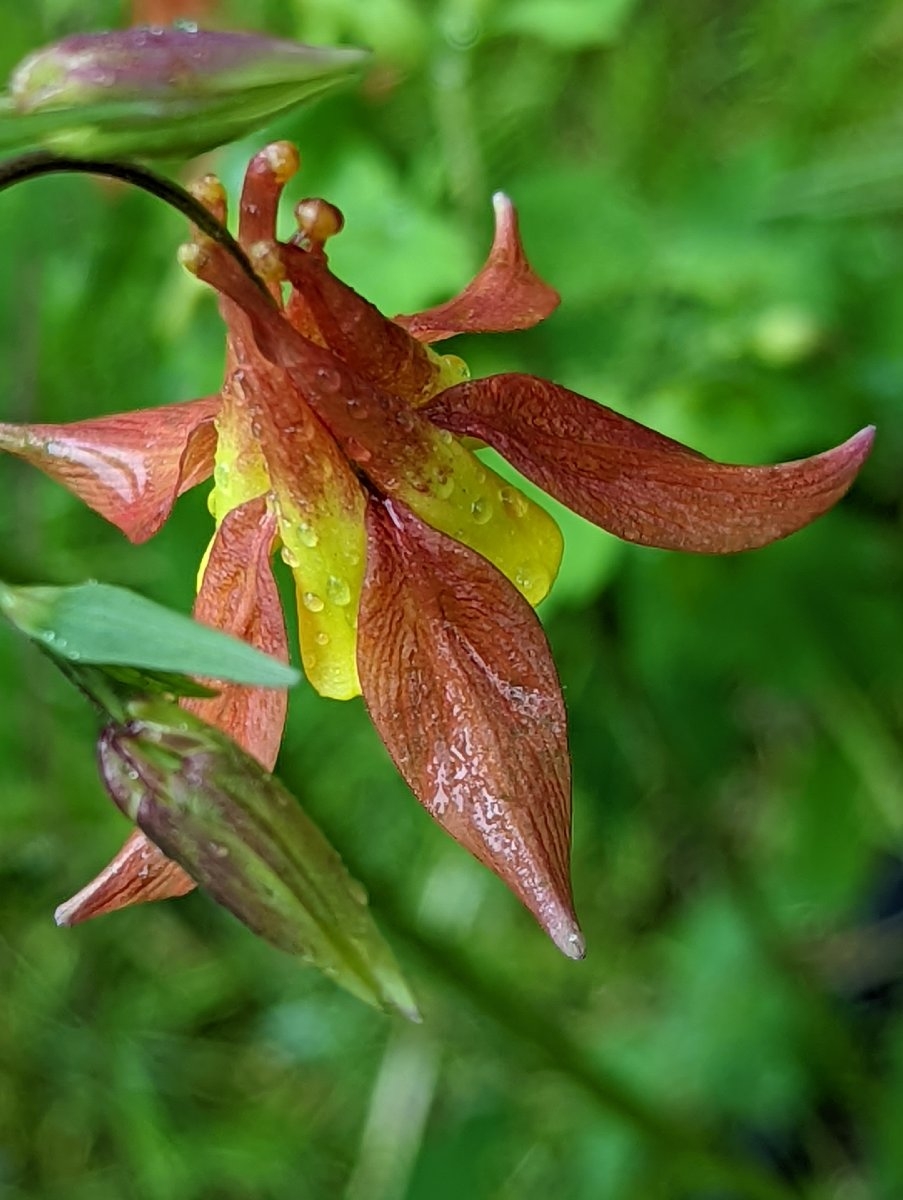

Aquilegia formosa (aka Columbine) are some of my favorite shade-lovers! While you'll often find Aquilegia cultivars for sale as seeds in a variety of colors, pollinators rarely touch them unless they're flashing the striking reds and yellows of A. formosa. Hummingbirds in particular find them irresistable! Care for these is also easy enough that I recommend them to every beginner gardener. In the wild, you'll find them in the understory of oak woodlands, mixed forests, conifer woodlands, streambeds and seeps.
TIPS:
They like a bit of shade and a bit of water, so I always plant them close to the house, or nearby an automatic sprinkler. Most any soil will do, as they are adapted to live in a variety of places here in California, but I find they struggle a bit in hardpan and heavy clay. If I'm not mistaken, they also take well to pots! Cold stratification is a requirement to germinate seeds, so plant in fall and let them sprout overwinter!
Asclepias sp.
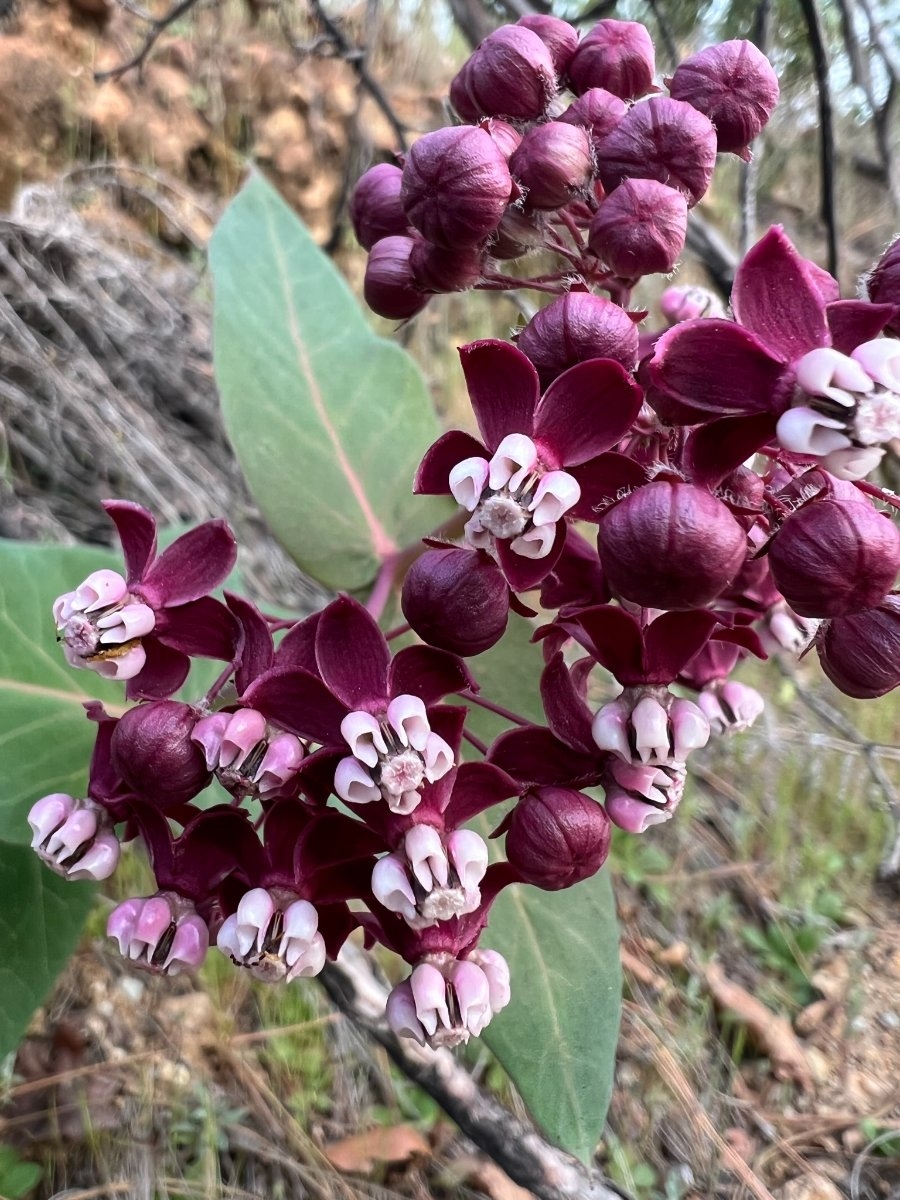
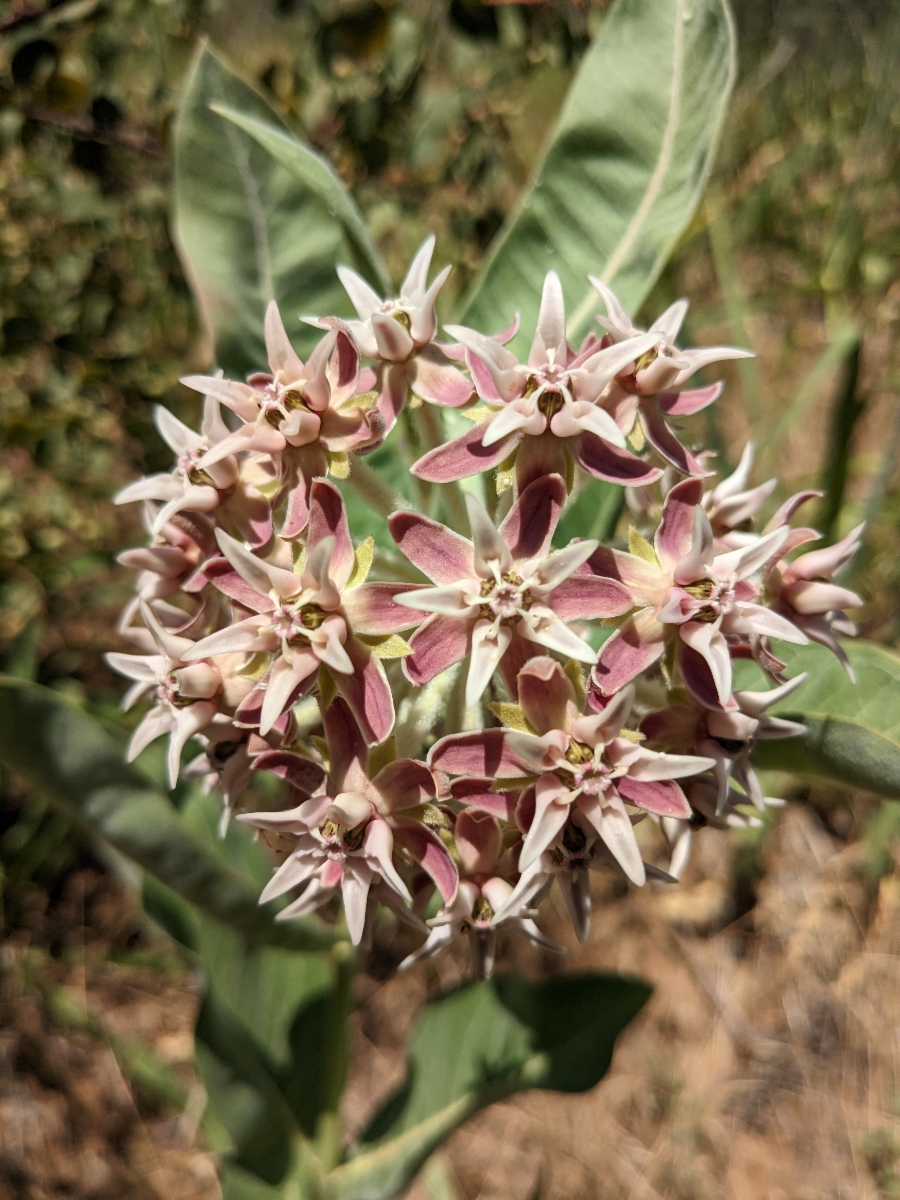
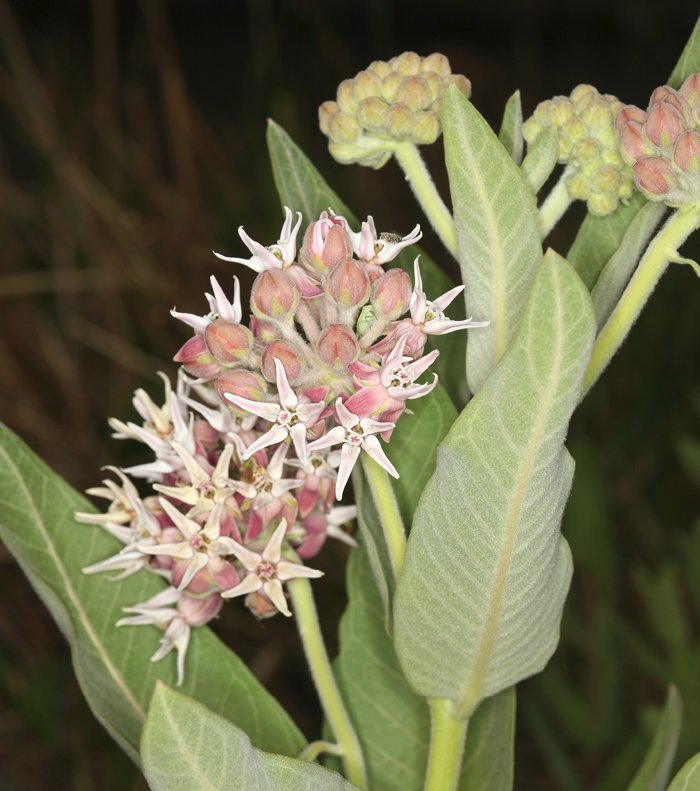
If you're a monarch butterfly enthusiast, the Asclepias genus has the plants for you! These tend to be a bit harder to raise than my other listings here, but two plants in particular really work for the foothill area: Asclepias cordifolia and Asclepias speciosa. All life stages of the famous (and sadly declining) monarch butterfly make use of Asclepias plants! Although A. cordifolia and A. speciosa are hard to find seeds for at commercial nurseries, I've had great success in finding seedlings for sale AND for free at farmers markets, master gardener events, and from local butterfly enthusiasts (and on one occasion, the El Dorado County Fair). Loathe as I am to say it, facebook is actually a great way to find plant and butterfly folks giving milkweeds out for free! My ONE AND ONLY RULE is that you should under no circumstances go for Asclepias currassavica or A. tuberosa. You can read why on the Invasive Plant Watchlist section of the right sidebar.
TIPS:
These guys need well-drained soil, but still like to have their feet wet! I've had the most success raising A. speciosa in the low point of my garden; deep soil and lots of mulch, right where the water drains and keeps everything comfortably moist. A. cordifolia and A. speciosa both prefer full sun, but they're reasonably shade tolerant. For growing from seed, cold stratification is a must! I've had problems with milkweek aphids in the past, but checking thoroughly for monarch eggs before squishing the aphids and then rinsing the plant periodically usually takes care of it. If you see little yellow-green dots? DON'T SQUISH! They're butterfly eggs! You're growing the milkweed (and ideally, your whole garden) not JUST to look pretty, but to be a resource for all the native critters too.
Calochortus sp.
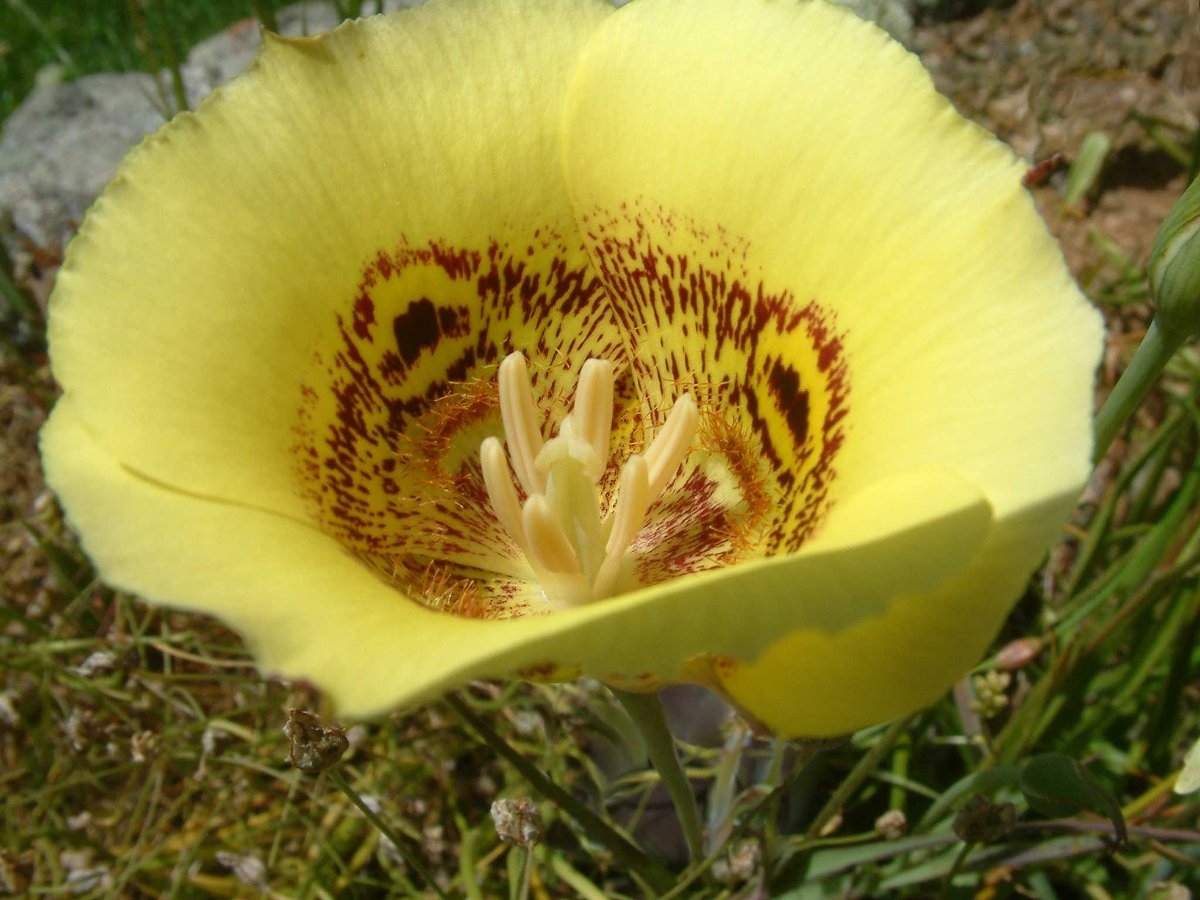

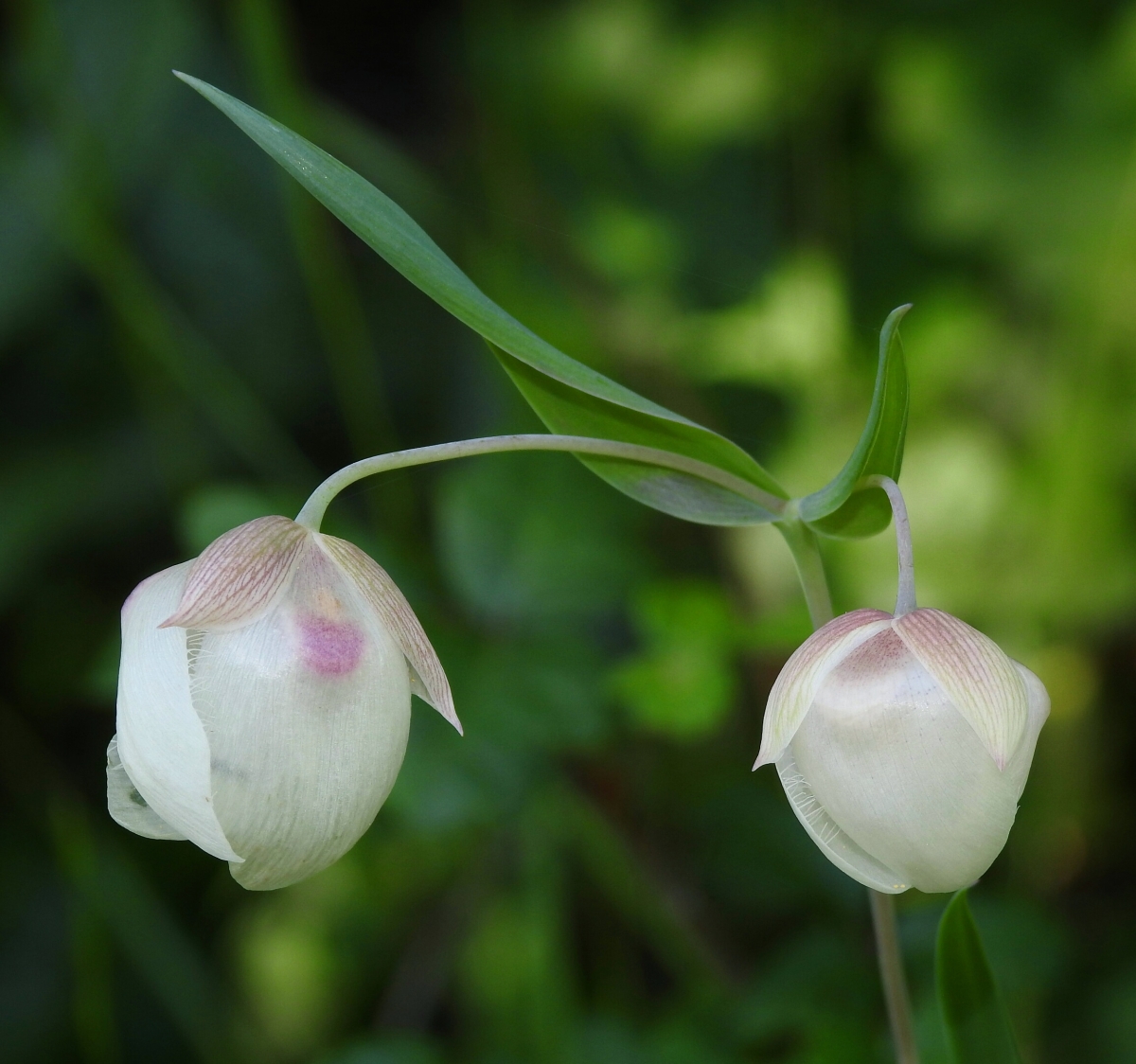
TIPS:
As you can probably guess by now, cold stratification is a requirement for germination! Plant your foraged seeds in the fall and wait until mid spring for some delightful little blooms. In some cases, it may take a year or two for them to germinate; if you don't see results after your overwintered seeds, don't worry! They're just working off their dormancy period and building a little corm in the soil. As with many CA natives, they'll probably like whatever soil you've got! I've also found that they prefer part shade rather than full sun, and not much water outside of the rainy season. Maybe once a week, if you feel the inclination.
Achillea millefolium
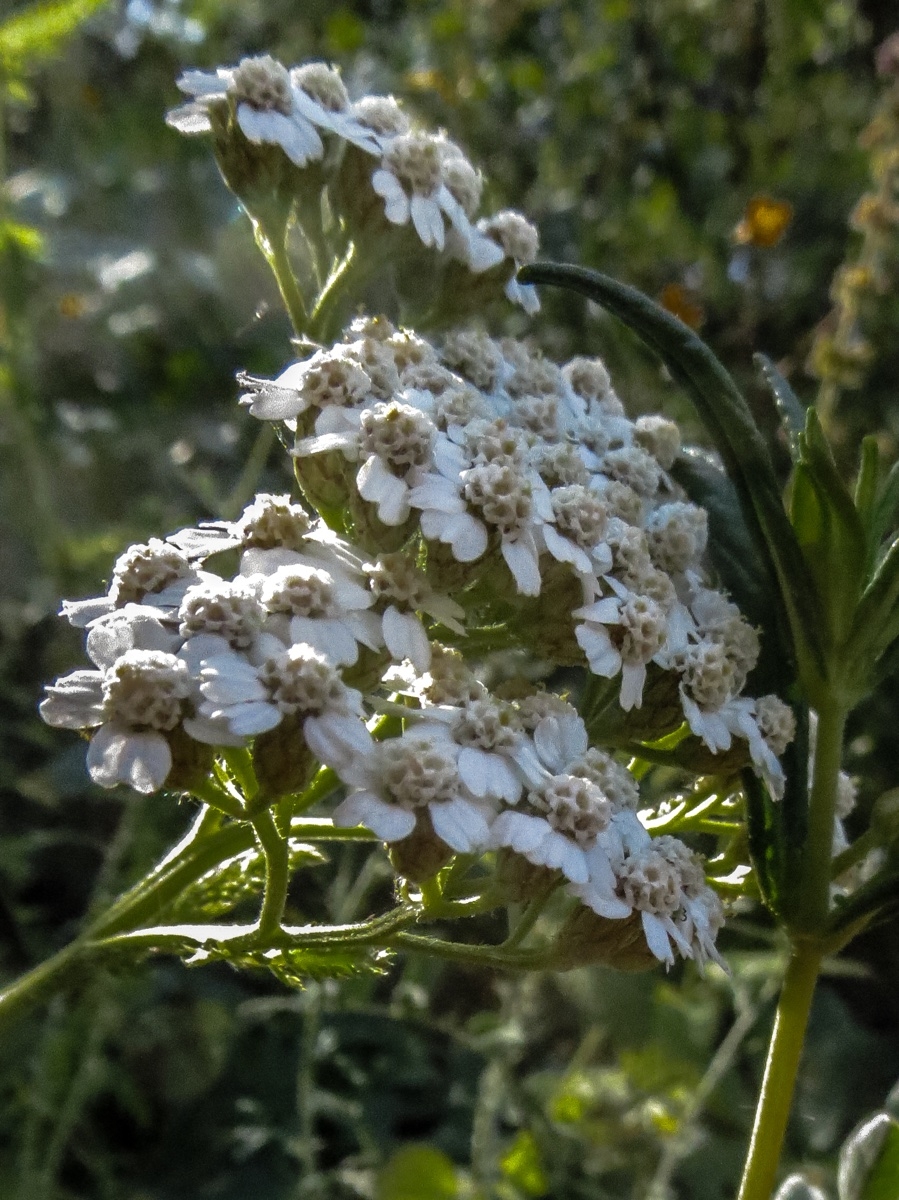
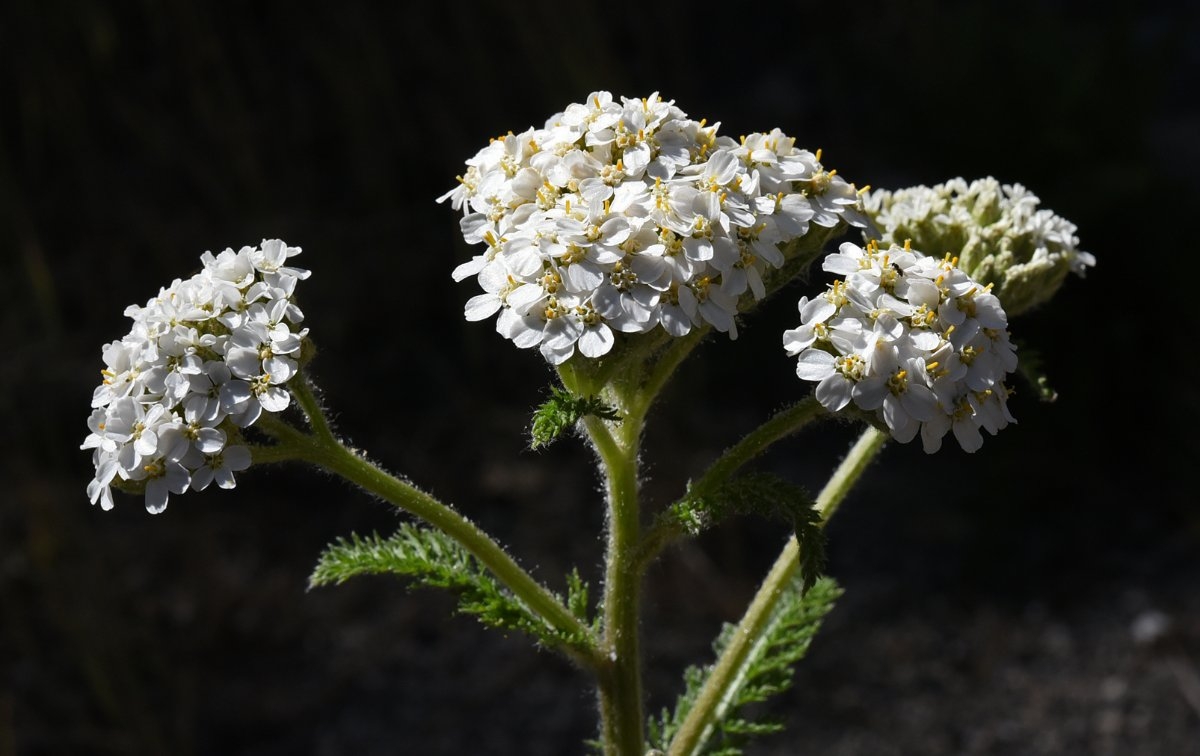
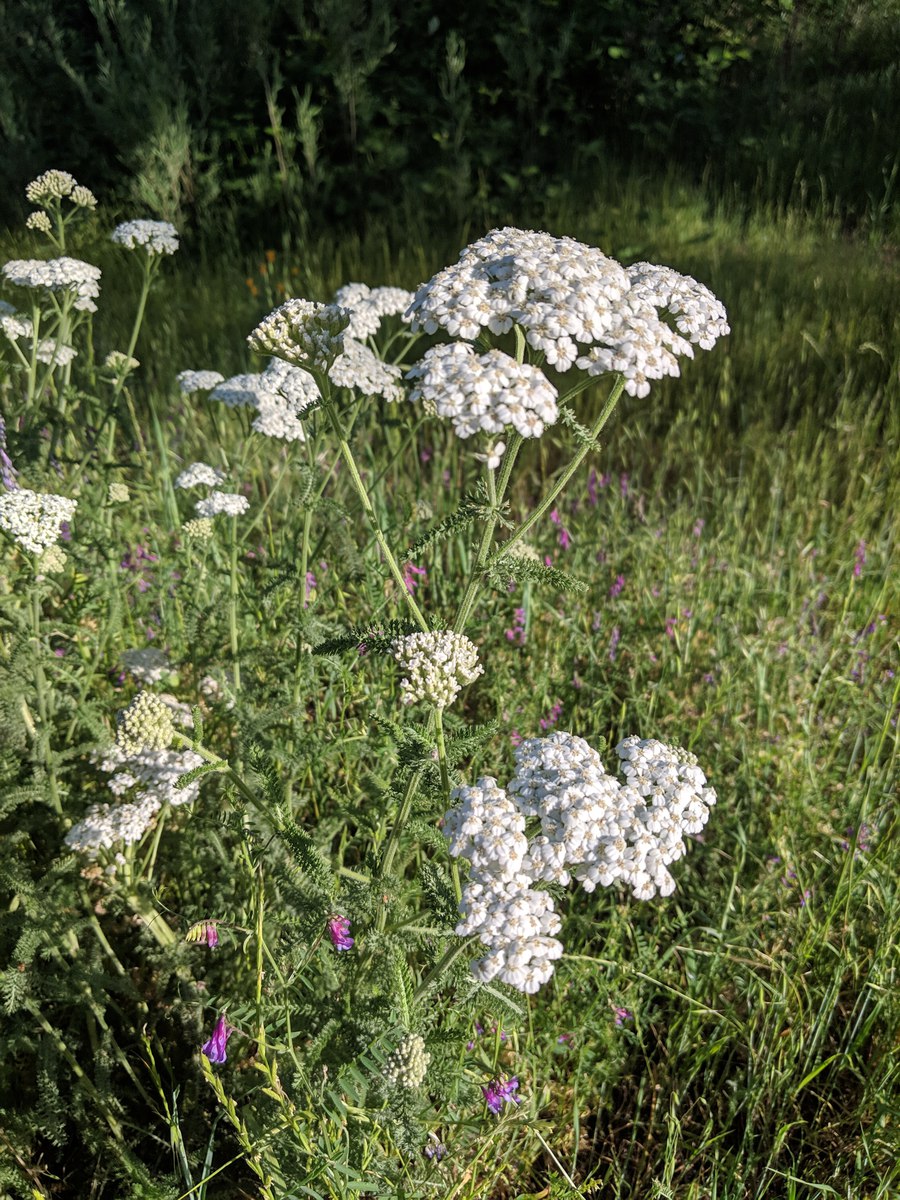
Achillea millefolium is one species I can almost guarentee you've seen labelled "pollinatory friendly" in a garden section; turns out, this time they weren't lying! A. millefolium is native almost everywhere in the US, and pollinators really DO love it. It's a highly adaptable plant that thrives in almost any conditions, and comes in a few neat colors! The most common is white, but red and yellow are also popular with bees and such.
TIPS:
It's surprisingly hard to find seeds where I am, but seedlings and mature plants for sale aplenty! Plant them anywhere that gets full sun to partial shade; occasional watering (maybe twice a week if you want long-lived blooms) and decent soil drainage will have these happy as a clam. I should've put these at the top of this list, because if you want EASY, these are almost as easy as they come. You can deadhead these when the blooms are done, but keep some stalks for the little critters that depend on them for nests :)
Chlorogalum pomeridianum
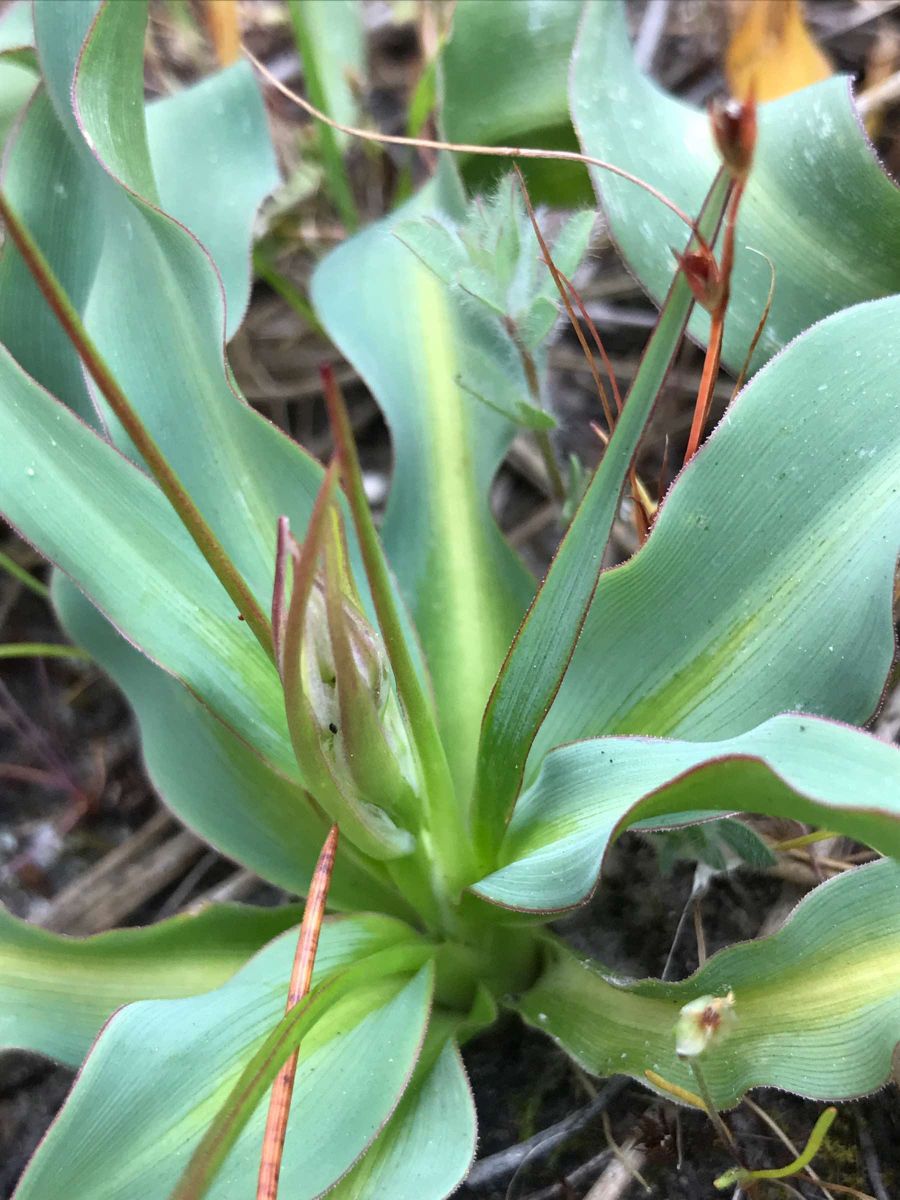
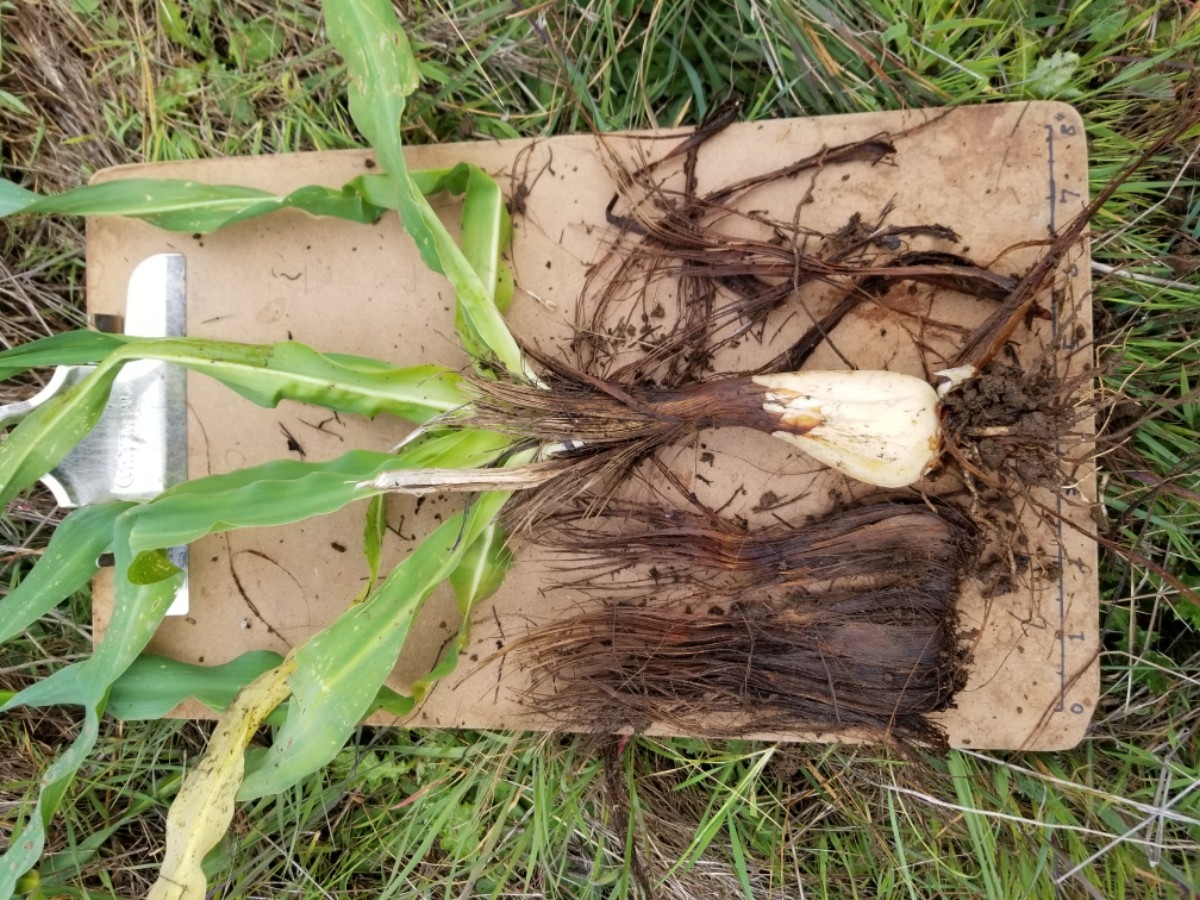
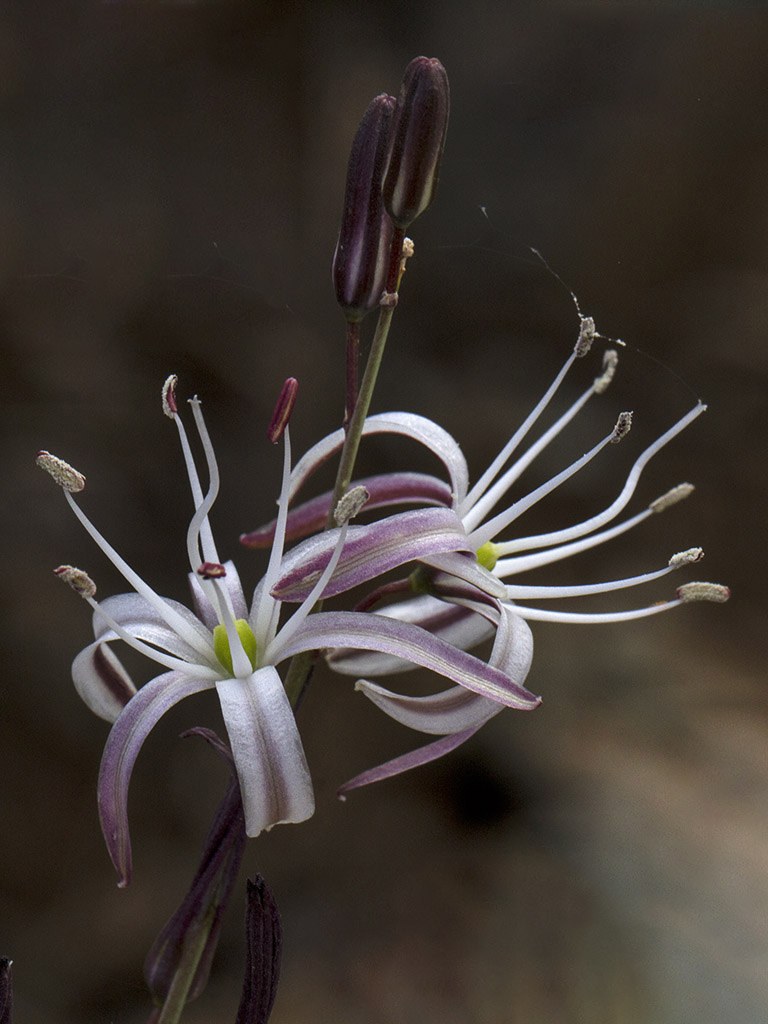
Chlorogalum pomeridianum (aka wavy-leaf soaproot) is a really awesome plant that I wish got more attention from gardeners; it's a species that thrives all over the foothills and coast ranges, regardless of moisture and relative shitiness of soil. It sends out these huge beautiful rosettes of long wavy leaves from a big underground bulb in the rainy season, and when it's ready to bloom in spring and summer, its flower stalks can be upwards of six feet tall. The flowers themselves are night bloomers! Small and almost spidery-looking, usually white, with a small purple stripe and prominent stamens. Like its name implies, this plant's bulb tastes somewhat soapy when eaten raw, but cooks almost like a potato! I personally love the look of the foliage, it's so vibrant and cheerful.
TIPS:
You can find seeds for sale online, and germination hardly needs any cold stratification (still, I'd sow in fall just to emulate its natural life cycle). Plant anywhere that gets full sun to part shade! As for watering, go for as much or as little as you like! These plants are equally as riparian as not, so their water preferences are highly adaptable.
Salvia spathacea
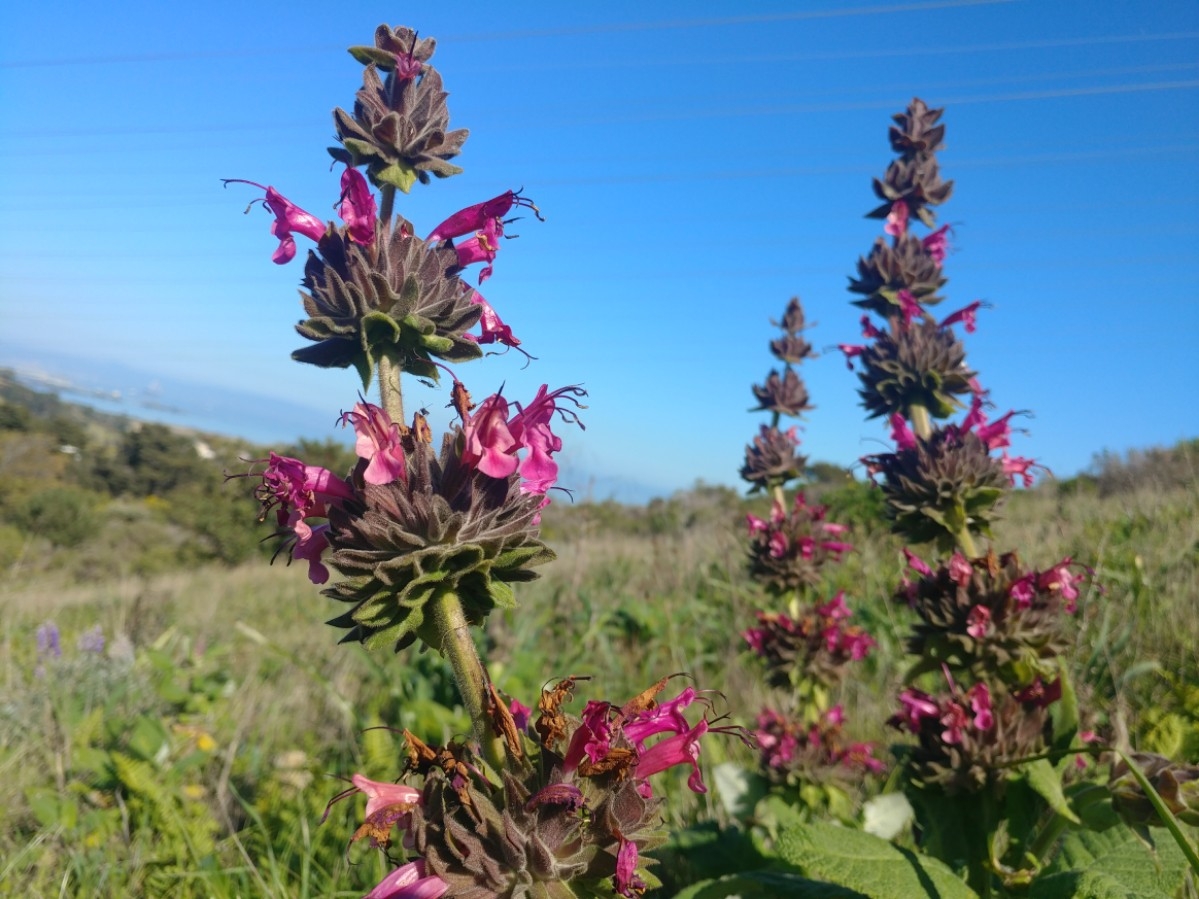
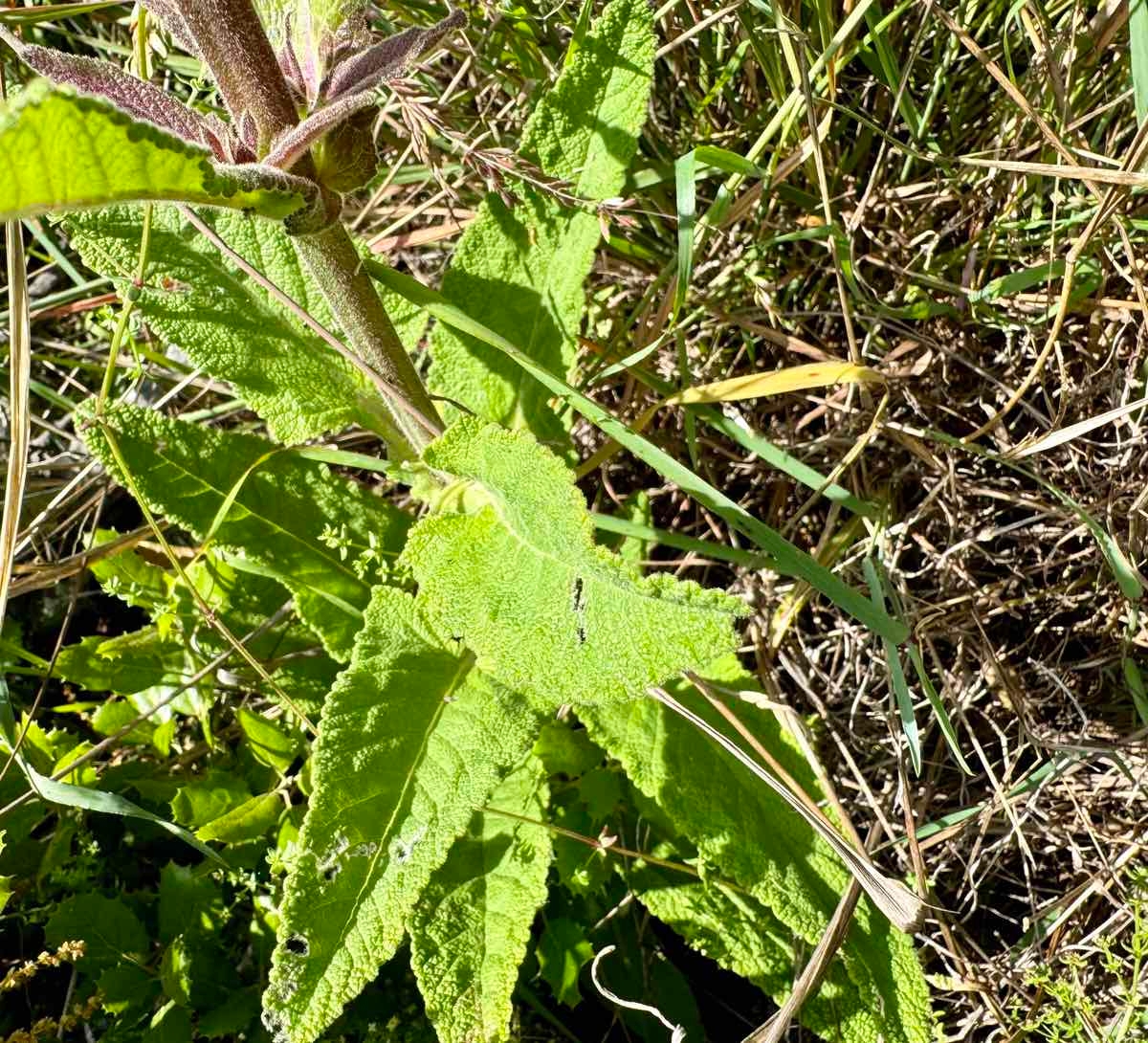
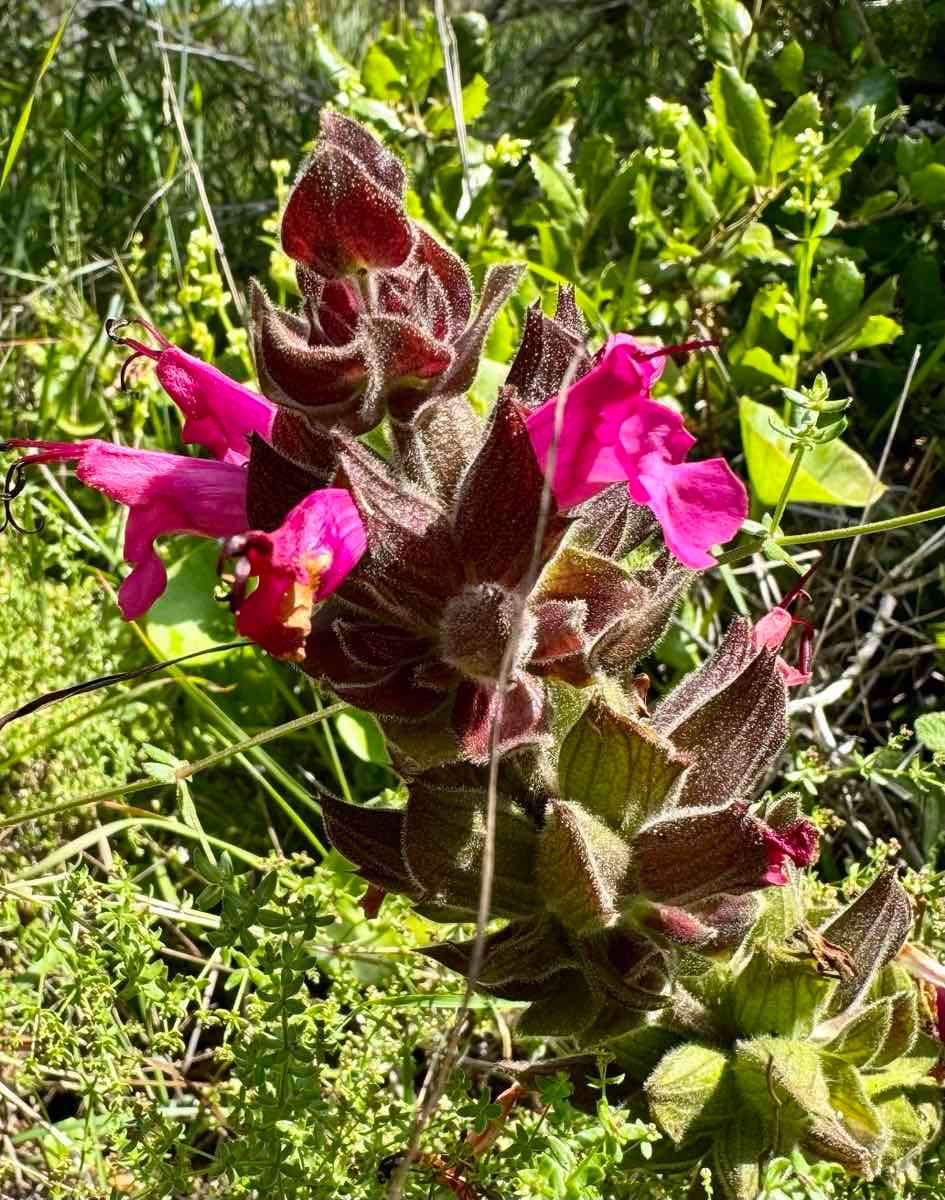
Salvia spathacea is the PERFECT species for a part-shade garden; it's got the most delightful flower spikes that are a hit with hummingbirds (hence its common name, Hummingbird sage) and it's one of the most fragrant plants I've ever had the pleasure of growing! The volatile oils on every part of this plant smell like tart lemon and sugar, and they even make a nice herbal tea! Another upside to this plant is: you can, on occasion, find it in commercial nurseries! My last little guy I actually picked up from the Mendocino botanic garden shop, but I've seen them elsewhere too.
TIPS:
These are part-shade lovers that are adapted to grow in the understory of coast range chaparral and oak woodlands. Grown from seed, they take a couple of years to fully establish, but my nursery-bought plant started flowering and spreading by rhyzome after the first year! (They do have a slow spreading habit! I recommend letting them do their thing because this plant is a delight. The more the merrier!) Watering needs are pretty low after the first year, give 'em a good soak maybe once every two weeks.
PLANT RANTS
I just needed a spot to word vomit about plants LOLMULCHING!
- Have deciduous trees on your property? LEAVE THE LEAVES! These are pure gold as far as garden mulch goes. Read more about why from the USDA here and the Xerces Society here.
- Got a friend with livestock? Grab some manure! This is a perfect mulch layer that will give your plants a big boost.
- Have any dead trees on your property? Willing to dig? Consider the humble Hugel bed! Learn more about different methods from "Some Room to Grow" on youtube here, here, and here.
- Allowed to compost where you live? PERFECT! Your kitchen scraps are your garden's best friend!
- START IN THE FALL! The best time to start anything is when your plants are winding down and the cold season approaches. This allows your natives to cold stratify and your perennials to overwinter peacefully.
There's a sizeable selection of large rocks around the complex, so I also went out with a little cart and gathered up a bunch to make a border for my garden bed. Pro tip: you can make a garden border out of ANYTHING. I literally lined my garden with quartz crystals and glass bottles last year. It's wonderful.
After the border was in order, I layered out my garden so:
- 1st layer: potting soil
- 2nd layer: goat manure
- 3rd layer: leaves
- 4th layer: top mulch
When you have a few layers of mulch like I do this year, watering your garden will also be easier; unlike container gardening, that thick mulch layer slows the water from evaporating and allows your plants more time to suck up as much as they like. You'll be able to water less often, provided you're watering nice and deep!
I've just finished planting my natives in this garden bed as of late October, so we'll see how everything turns out. Stay tuned for updates!
DEAD SHIT
Dead twigs provide nesting materials for solitary bees (some of the most important native pollinators out there), as well as materials for nesting birds in the spring. Dead leaves provide a warm and protected shelter for beneficial moths, butterflies, beetles, and other invertibrates. If the very thought of "leaving all the dead shit" in the garden is driving your inner perfectionist crazy, go read a book or something! In a few months time, the decomposers in the soil will have transformed your garden's detritus into rich, fertile compost that will revitalize all the dormant plants for the coming spring.
If you've never let your garden overwinter naturally, TRUST ME, you'll notice your garden come back bigger and better next spring.
Gardening Charlotte has a great Q&A post that inspired this one.
NASTURTIUMS
The way the plant works is actually pretty cool; Tropaeolum is the only genus in its family, Tropaeolacea, and after its flowers are fertilized, it uses a lot of its energy to form large seeds packed with energy for the young sprout to feed off of if its new habitat proves challenging. The parent plants also have a way of fixing nitrogen into the soil, which improves its quality for other plants after it dies or goes dormant! When the leaves and stems break down, they release all that potassium, nitrogen, and calcium as viable nutrients for other plants to use. Some species of the Tropaeolum genus only go dormant, while others die off seasonally and reseed for a new generation. I think T. tuberosa and T. polyphyllum are two species that store their energy into tubers below ground and re-emerge every spring to begin flowering again. There are probably more that I don't even know about! South america's plant diversity is a thing that near constantly boggles the mind.
Nasturtiums are also delicious! They actually have the highest lutien carotenoid levels of any leafy green (carotenoids are very good for the heart!) and taste a lot like a mix of parsley and watercress. You can eat every part of the above-ground plant, but the flowers make the most visual impact in a salad. I've heard they taste like capers when used as a condiment, but I don't like capers so I'll just take their word for it.
I have a nasty habit of bitterly despising overly common garden plants like mums and azaleas. My reasoning being that where I live (although its not as bad as other places) there has been severe ecological devastation brought on by development, and California's ecology is varied and diverse like nowhere else on earth; there are so SO many plants that are endemic to just the central valley alone, and they survive with the barest minimum care! But people and institutions seem to be blind to them in favor of these high maintenence imported ornamental shits that require SO MUCH water usage to keep alive in our hot ceaseless sunshine. They plant these and demand more and more from nurseries to the point that they're the only ones that nurseries sell to keep people happy and it SUCKS! They're shit plants! They're nonnative, they don't do anything to help our native and endemic pollinators, birds, bats, bees or otherwise, and they just keep draining our limited water supply, I just... Gah. I hate them. Nasturtiums though? They're not native and most certainly overplanted as hell, but they're cute, they support pollinators, they're EASY, and they're colorful. I would say I "tolerate" them, but given how much I've come to look forward to their presence in my garden, I'd say they've won a spot in my heart.
NITROGEN FIXING PEAS


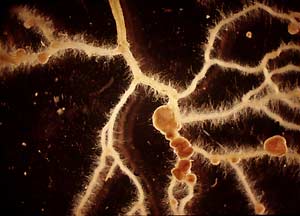
On the subject of nitrogen capture, the Fabaceae family (which is more familiar to me, sorry Tropaeolacea!) fix nitrogen into the soil by their roots; chloroplasts in the leaves and stems respire and capture the nitrogen and carbon dioxide from the air, and while the co2 is used for making energy for the plant, the nitrogen is transferred to the roots in little dense nutrient packets called "nodules" used to facilitate connections to existing soil fungi and microbes. These nodules are where nitrogen is reduced to amino acids that are then moved to the roots or new above-ground growth. (You can actually see these nodules with the naked eye! They look like little white lumps attached at the roots, most easily seen when pulling up any common pea-family plant. (Lupinus is obviously my favorite example)) They form and maintain these connections with fungi as a fallback survival mechanism AND as a boost to their regular metabolism; the fungi and ecosystem around them often benefit from the exchange as well! Fabacious plants (though not universally) are effective and widespread survivalists for just this reason.
WORD VOMIT IS RIGHT! I NEED TO LEARN SOME BEREVITY!
LUPINES! (AND WHY I LOVE THEM)
The Lupinus genus is a massive one, with species distribution all over north and south america, and a center of diversity on the west coast, where I live. Lupinus includes over 200 species and subspecies, with different varieties cultivated for food or ornamental gardens. Come springtime, lupines emerge all over the country in small clumps or in vast fields of purple, white, and blue.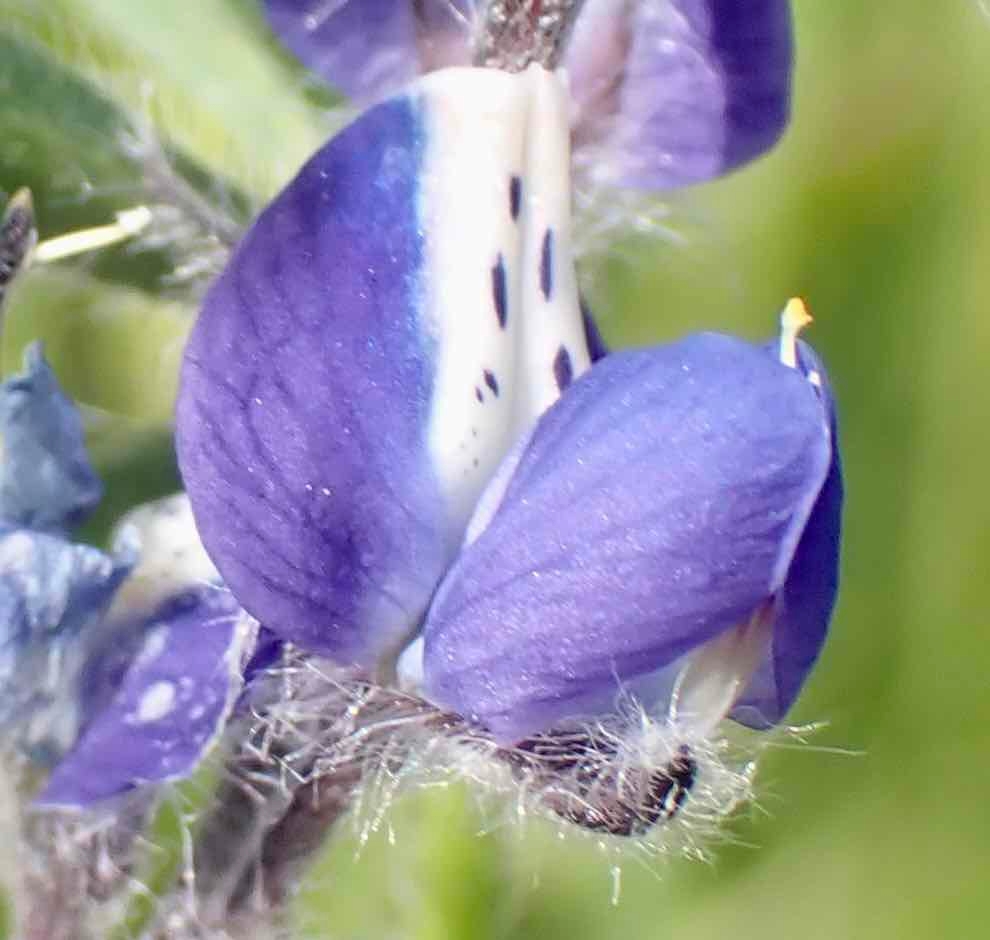
The three species I'm most familiar with are Lupinus bicolor, L. nanus, and L. succulentus. These three are some of the most common in the foothills, but "common" is anything but boring in my eyes! Every time I see their little five-fingered leaves popping out of the soil, it's like greeting an old friend; Lupinus bicolor is distinctive for its stature, small and spindly with diminutive flowers that incite intrigue and fascination, prompting a closer and closer look until you're right there on the ground with them, seeing the world in a scale so novel and charming. From down there with the lupines, the sky is huge and the sun is warm and welcoming, and the smell of damp earth and growing things, greenery and mushrooms, overwhelms the senses in such a delightful way.


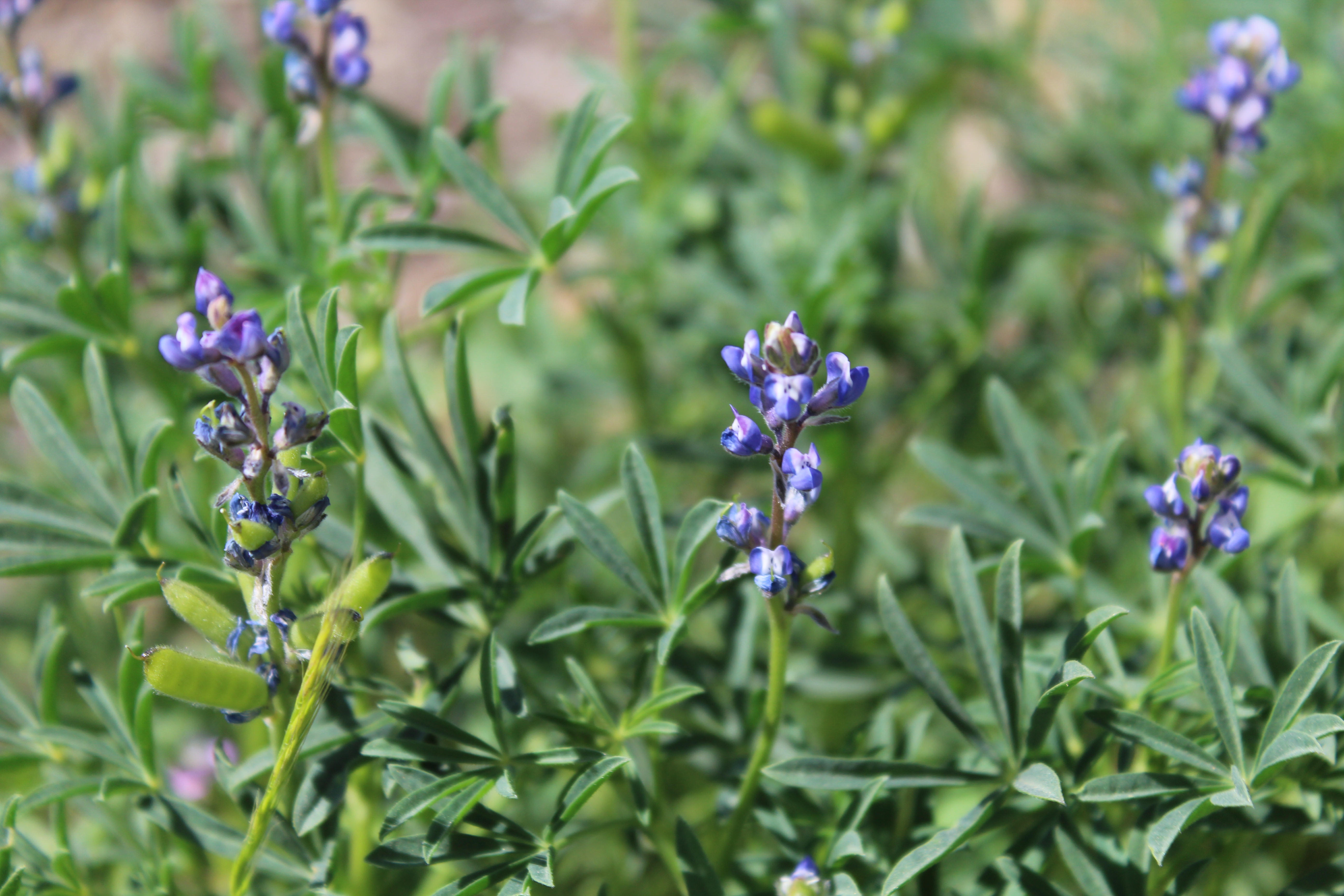
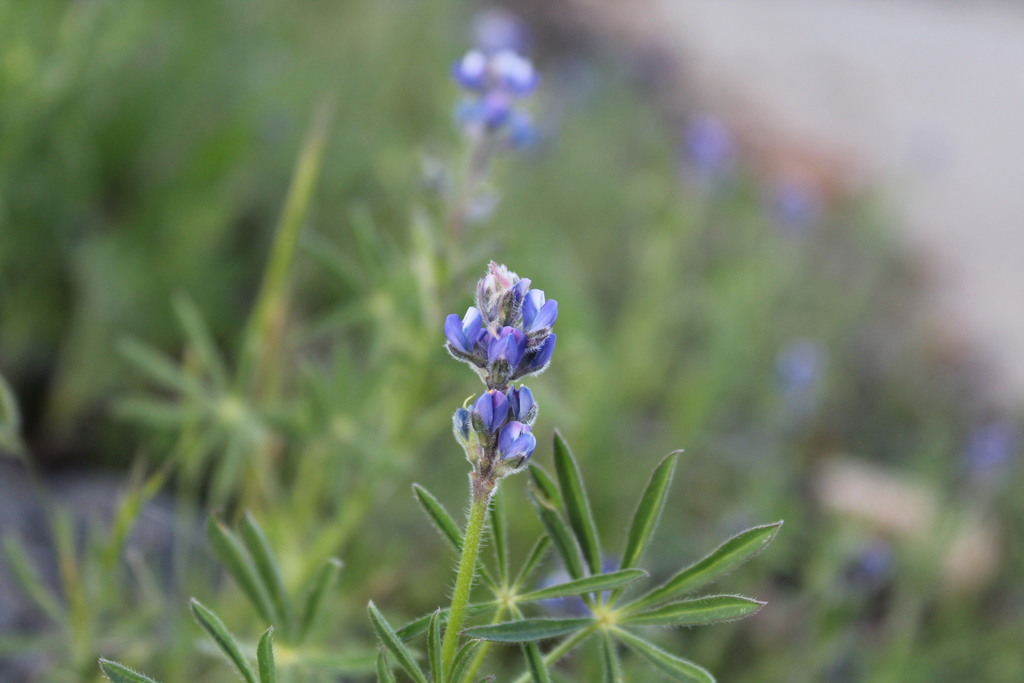
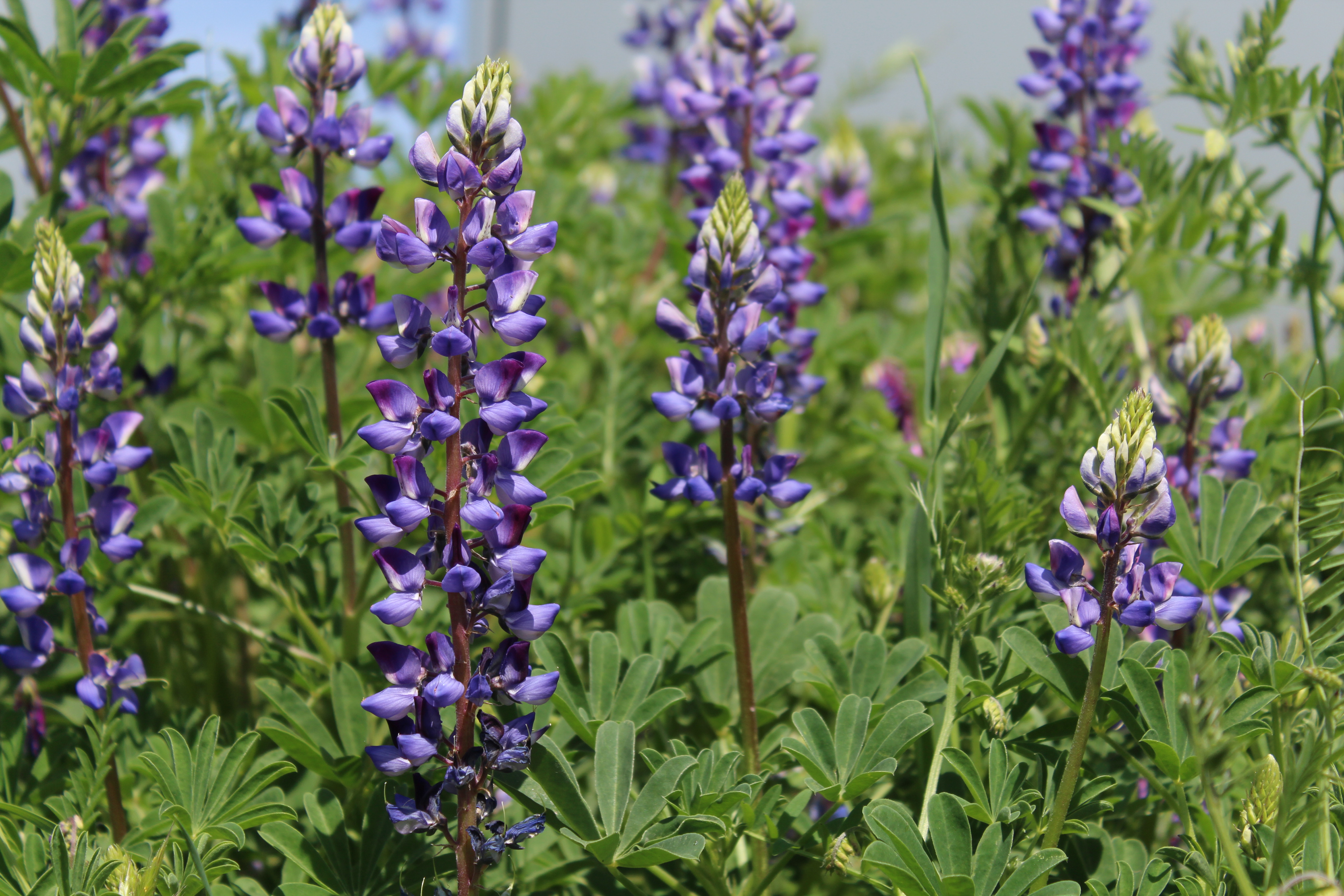
Personal tastes and aesthetic appreciation aside, the Lupinus genus holds so many unexpected surprises for botanists and ecologists alike. They're one of the many Fabaceae (pea family) plants that can fix usable ammonia from the air, using a method of respiration and energy storage called rhizobium-root nodule symbiosis with a soil bacterium called Bradyrhizobuim that benefits both the plant itself and the plants around it. Fixing nitrogen into the soil through root nodules allows Lupinus to be a "pioneer species" in disturbed or inhospitable environments. Its ability to fix nitrogen allows it to grow on substrate that other plants find unlivable, and when they die off for the season, they leave behind all of that nitrogen in the form of ammonia, a highly valuable fertilizer that other plants need to perform most biological funtions. In just a few generations, Lupinus can transform barren rock and compacted soil embankments into a paradise for other species to thrive.
The taxonomy of the Lupinus genus is also much more complex than one would first assume! Most people are familiar with one or two species (texas bluebonnets and garden lupines come to mind), but the genus contains over two hundred named species and 650 subspecies, all of which are constantly being categorized, classified, and reclassified based on phenotypic gene expression and complex genome analysis. There are three main subgenuses of Lupinus: Lupinus, Platycarpos, and Lupinnelus. From wikipedia, "A majority of the perennial and annual species from the American continent described by Watson were referred to Lupinus. Some annual species with two ovules in the ovary and two seeds in the pod were attributed to the Platycarpos section. Section Lupinnelus consisted of one species (L. uncialis), with axillary and solitary flowers, scarcely reflexed banner, and also with two ovules in the ovary."
The complexity of this genus' genome and its propensity for interbreeding among populations has given many a botanist a headache (myself included), but the sheer variety of the genus is likely one of the reasons it's SO GOOD at surviving and specializing in inhospitable environments, and the genus can attribute much of its success in being so widespread in north america to that very complexity. Complexity in a genus is a hallmark of health and evolutionary adaptability!
So while I sit here, frustrated at myself for misidentifying Lupinus brewerii as Lupinus grayi, the lupines can laugh right back at me and know that they'll likely be around on this planet, in one form or another, LONG after we're gone. Whenever that is, I'm sure it'll be beautiful as long as there are lupines.







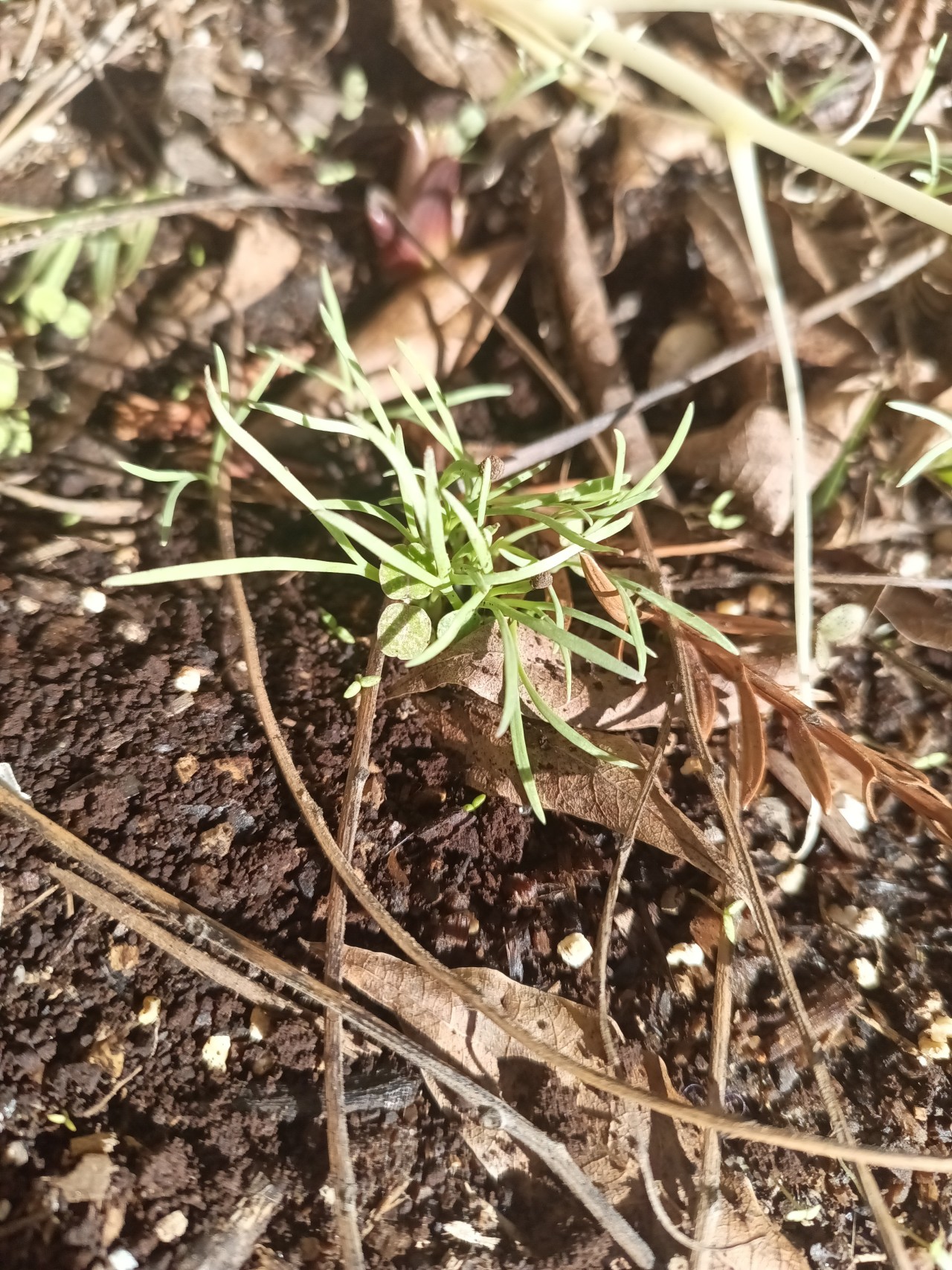

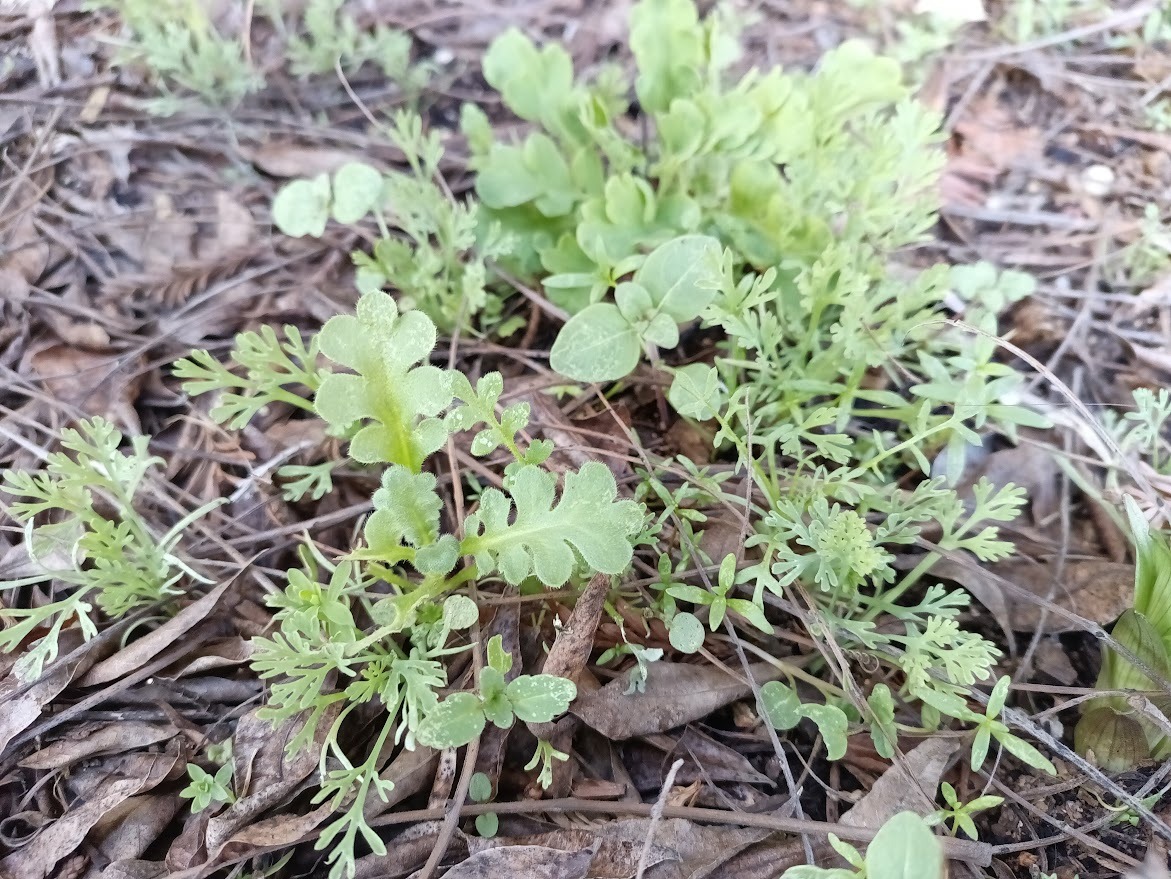




 = Noxious invasive. Make a plan to destroy if possible.
= Noxious invasive. Make a plan to destroy if possible.
 = Semi-naturalized invasive/not much threat. Do not plant.
= Semi-naturalized invasive/not much threat. Do not plant.
 = Not classified as invasive, but do not plant.
= Not classified as invasive, but do not plant.
